Tricep dips are one of the most effective bodyweight exercises for targeting your triceps, shoulders, and chest. Whether you’re aiming to build strength, muscle mass, or simply improve your overall fitness, knowing how many tricep dips you should do is essential for maximizing results and preventing injury.
In this article, we’ll answer common questions like “How many chair dips should I do?”, “What are the ideal tricep dips sets and reps?”, and “How many tricep dips should I do a day?” to help you craft an efficient workout plan.
1. Understanding Tricep Dips
Tricep dips are a bodyweight exercise that targets the triceps, the muscles on the back of your upper arms. This move is often done using parallel bars, a dip machine, or a sturdy chair. By lowering and raising your body weight with your arms, you engage multiple muscle groups, including the chest, shoulders, and core.
2. Benefits of Tricep Dips
Tricep dips provide numerous benefits, making them a staple in many strength and conditioning routines:
- Improved Upper Body Strength: Engages your triceps, shoulders, and chest.
- Muscle Tone: Helps define the upper arms, especially for those targeting arm toning.
- Core Stability: Even though the primary target is your arms, your core works to stabilize your body.
- Functional Movement: The movement mimics everyday pushing motions, improving functional fitness.
3. How Many Tricep Dips Should I Do?
The number of tricep dips you should do depends on your fitness level and goals. For beginners, it’s essential to start with a manageable number of dips to avoid injury and overtraining. Here’s a general guide:
- Beginners: Aim for 3 sets of 8-12 tricep dips. Focus on form rather than volume to build up strength.
- Intermediate: 4 sets of 10-15 dips.
- Advanced: 4-5 sets of 15-20 dips, or more if you're incorporating weighted dips.
4. How Many Chair Dips Should I Do?
If you're using a chair for your dips, the form and technique remain the same, but the challenge might vary slightly based on your position. Chair dips are typically easier than using dip bars because your feet are on the ground, and you can use them to assist with the movement.
For chair dips, follow a similar approach as standard tricep dips:
- Beginners: 3 sets of 10-12 reps.
- Intermediate: 4 sets of 12-15 reps.
- Advanced: 4 sets of 15-20 reps, or consider adding weight to make it more challenging.
5. Ideal Tricep Dips Sets and Reps for Beginners
As a beginner, the goal is to build strength and proper technique. Here’s a recommended approach to sets and reps:
- Start with 3 sets of 8-10 tricep dips.
- Rest 1-2 minutes between each set to allow your muscles time to recover.
- Focus on slow, controlled movements, lowering yourself slowly and pushing up powerfully.
Gradually increase reps as your strength improves, aiming for up to 12-15 per set as you advance.
6. Advanced Tricep Dips Routine
For those who have progressed beyond the beginner level, you can increase intensity by:
- Adding weight: Use a dip belt or weighted vest to increase resistance.
- Increasing reps and sets: Aim for 4-5 sets of 15-20 reps.
- Incorporating variations: Try bench dips, reverse dips, or negative dips for additional challenges.
7. How Many Tricep Dips Should I Do a Day?
Doing tricep dips daily might not be necessary for most people. In fact, rest is crucial for muscle growth and recovery. Depending on your goals, aim to perform tricep dips 2-3 times a week. Here's a breakdown:
- For strength training: 2-3 sessions per week, allowing at least one day of rest between.
- For endurance: 4-5 times per week, focusing on lower sets with higher reps.
- Avoid overdoing it to prevent overuse injuries.
8. How Often Should You Do Tricep Dips?
The frequency of tricep dips depends on your overall workout routine and recovery needs:
- Strength-focused workouts: 2-3 times per week, with adequate rest between sessions.
- Endurance and toning: 3-4 times a week, incorporating light weights or focusing on higher reps.
If you're incorporating tricep dips into a full-body workout, limit them to 2-3 days a week to ensure balanced recovery for all muscle groups.
9. Common Mistakes to Avoid While Doing Tricep Dips
Avoid these common errors to maximize the effectiveness of your tricep dips:
- Dropping too low: Going too deep into the dip can put unnecessary strain on your shoulders. Lower yourself until your upper arms are parallel to the floor.
- Using momentum: Don’t swing your legs or use momentum to complete the movement. Focus on slow, controlled movements for optimal muscle engagement.
- Overarching your back: Keep your core engaged and your back straight. A rounded back can lead to strain on your lower spine.
10. Is It Better to Do Tricep Dips with Weights or Bodyweight?
If you’re new to tricep dips, start with bodyweight exercises to build strength. Once you can complete 15-20 reps per set with good form, consider adding weight to increase resistance and challenge your muscles further.
- Bodyweight dips: Great for beginners and intermediate users.
- Weighted dips: Ideal for advanced users aiming to increase muscle mass.
11. How to Perform Tricep Dips Safely
Proper form is essential for minimizing injury risk. Here's how to perform tricep dips safely:
- Start in a seated position on a bench or chair, with your hands gripping the edge and fingers pointing forward.
- Place your feet flat on the floor, knees bent at about 90 degrees.
- Lower your body slowly, bending your elbows to a 90-degree angle, keeping your back close to the chair.
- Push back up by extending your elbows, focusing on using your triceps to lift.
12. Tricep Dips for Muscle Growth vs. Endurance
The number of tricep dips you do can vary depending on whether you’re focused on muscle growth or endurance.
- For muscle growth: Focus on lower reps (8-12) with higher sets and weight.
- For endurance: Go for higher reps (15-25) with lighter weight or bodyweight.
13. Alternative Exercises to Tricep Dips
If you're looking for variety or have shoulder issues, consider these alternatives:
- Push-ups: Target similar muscle groups, with less stress on the shoulder joints.
- Tricep kickbacks: Use dumbbells to isolate the triceps.
- Close-grip bench press: A barbell press that targets the triceps more effectively.
14. Incorporating Chair Dips into Your Workout Routine
Chair dips can be a convenient and effective alternative to bar dips. You can incorporate them into a full-body workout or arm-focused session. Use a chair or bench and follow the same set and rep guidelines mentioned earlier for optimal results.
15. Conclusion
Tricep dips are a versatile and powerful exercise that should be part of your regular strength training routine. Whether you're asking, "How many chair dips should I do?" or "How many tricep dips should I do a day?", understanding the right sets, reps, and frequency for your fitness level will help you make steady progress.
Remember to focus on proper form and avoid overtraining to ensure safety and the best results in your fitness journey.

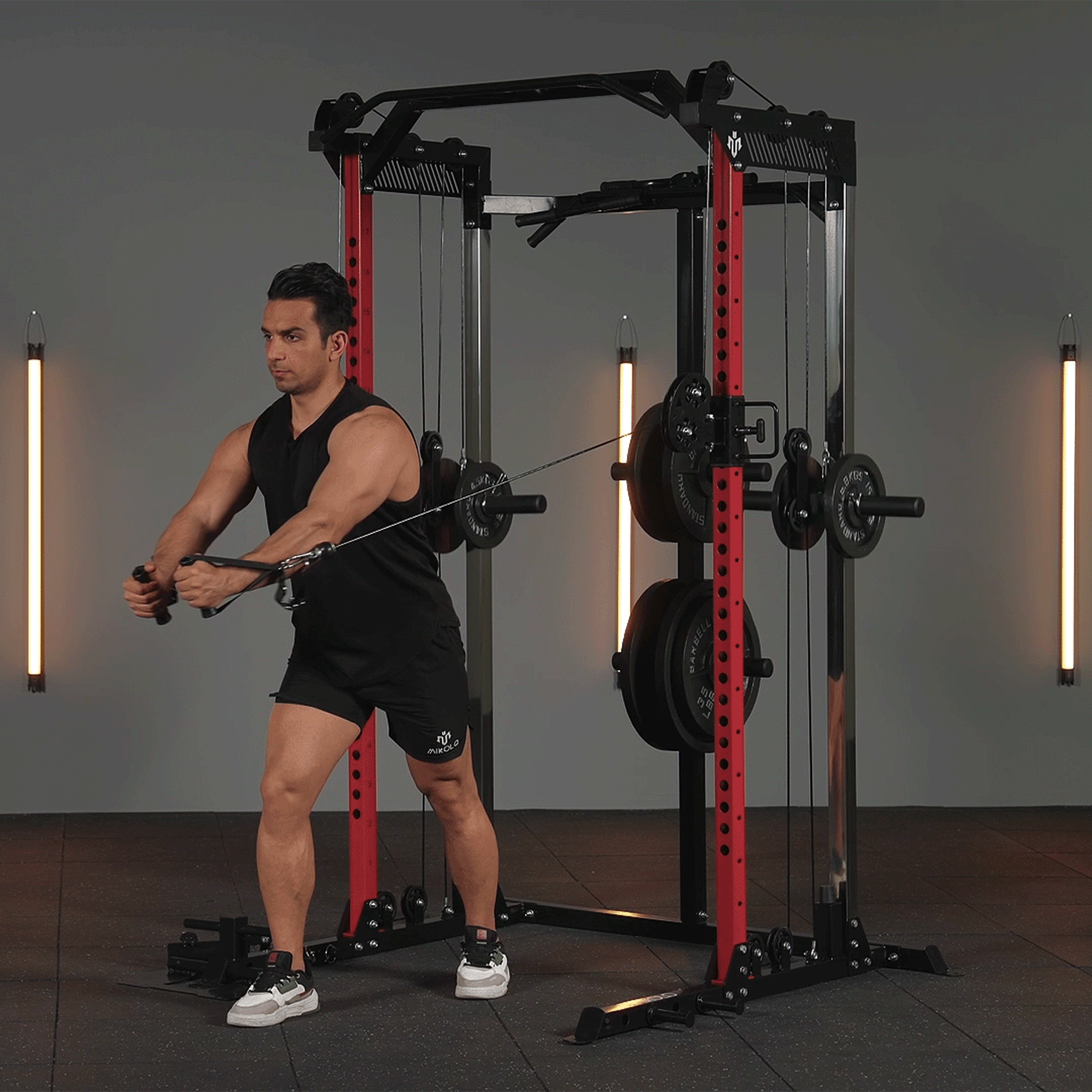
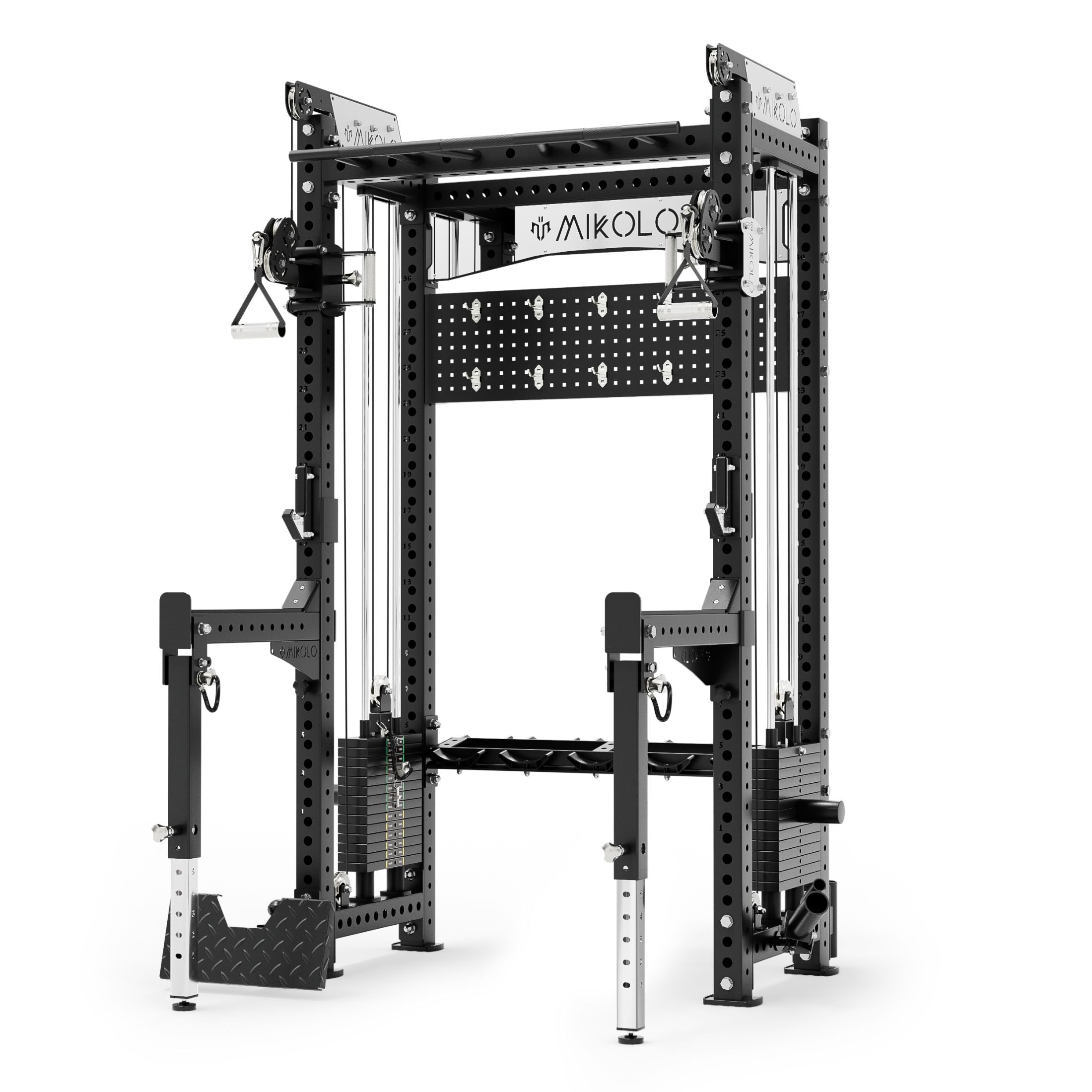
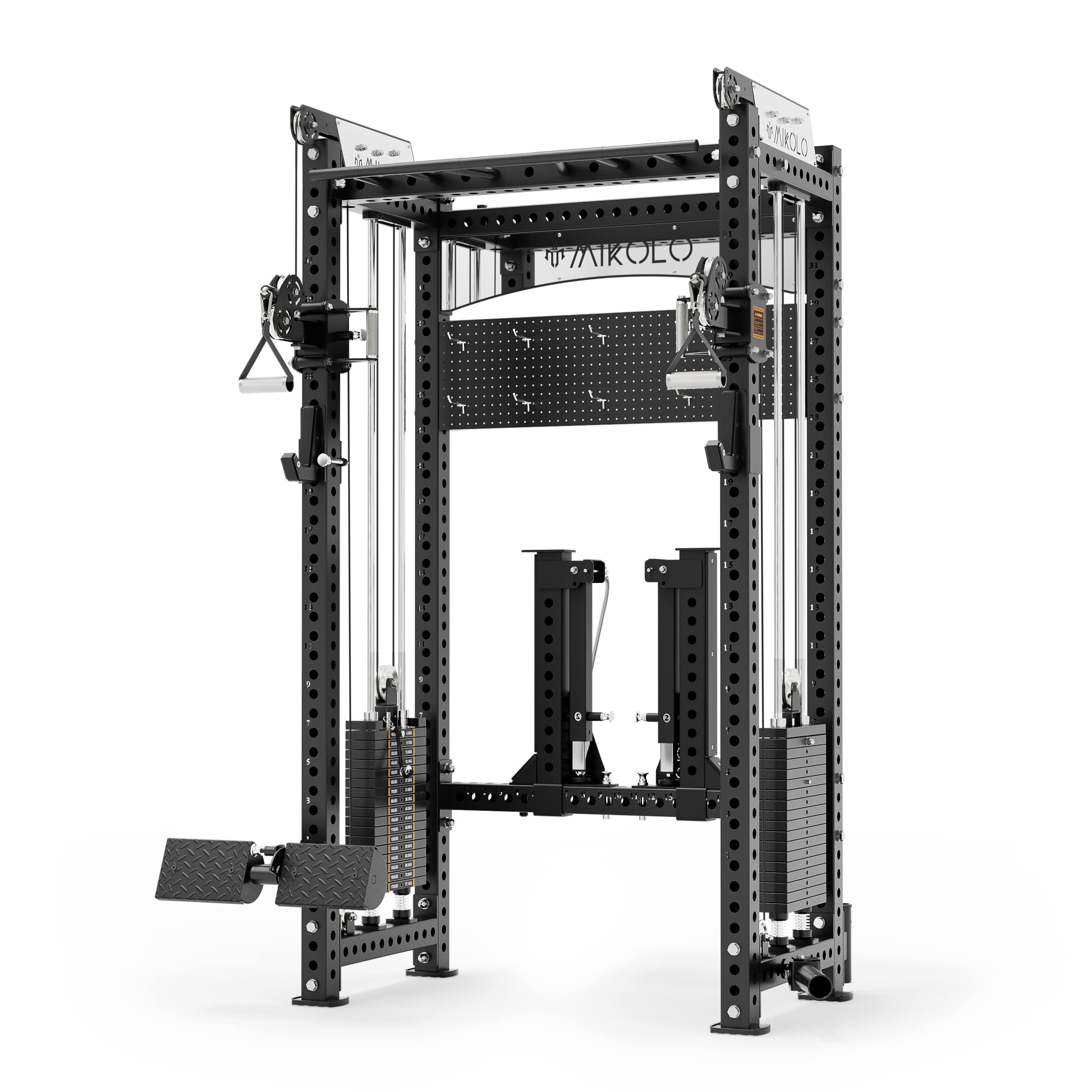
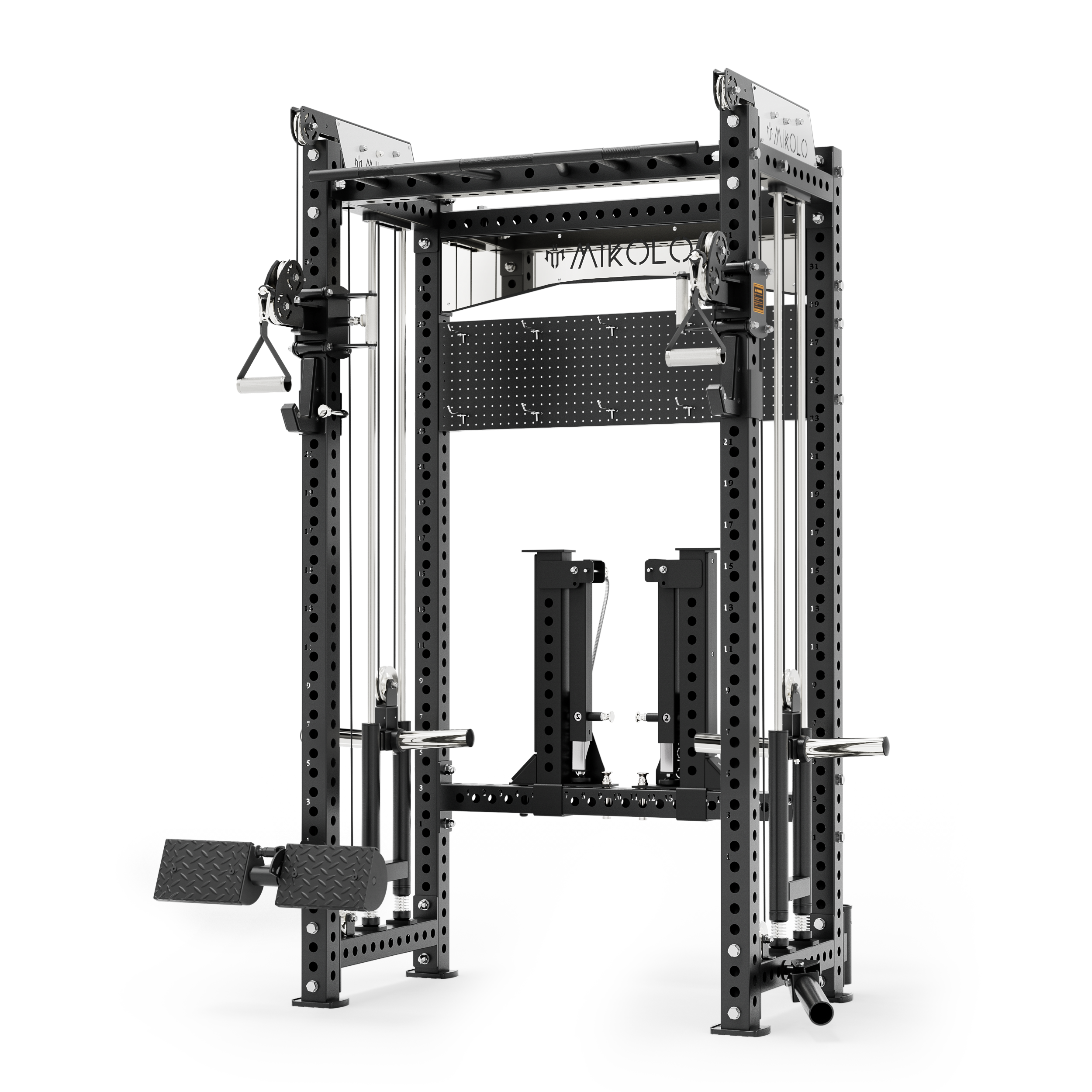
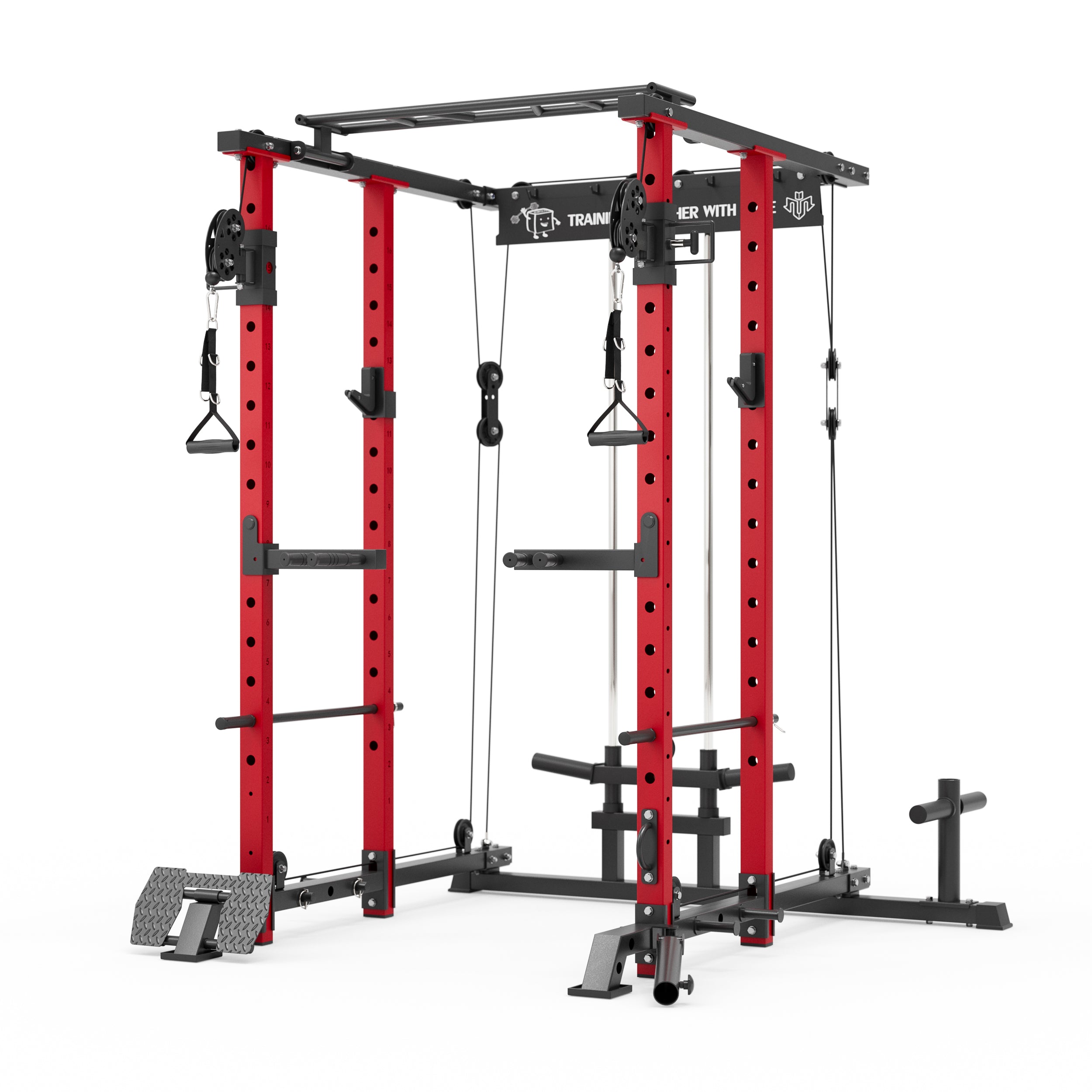
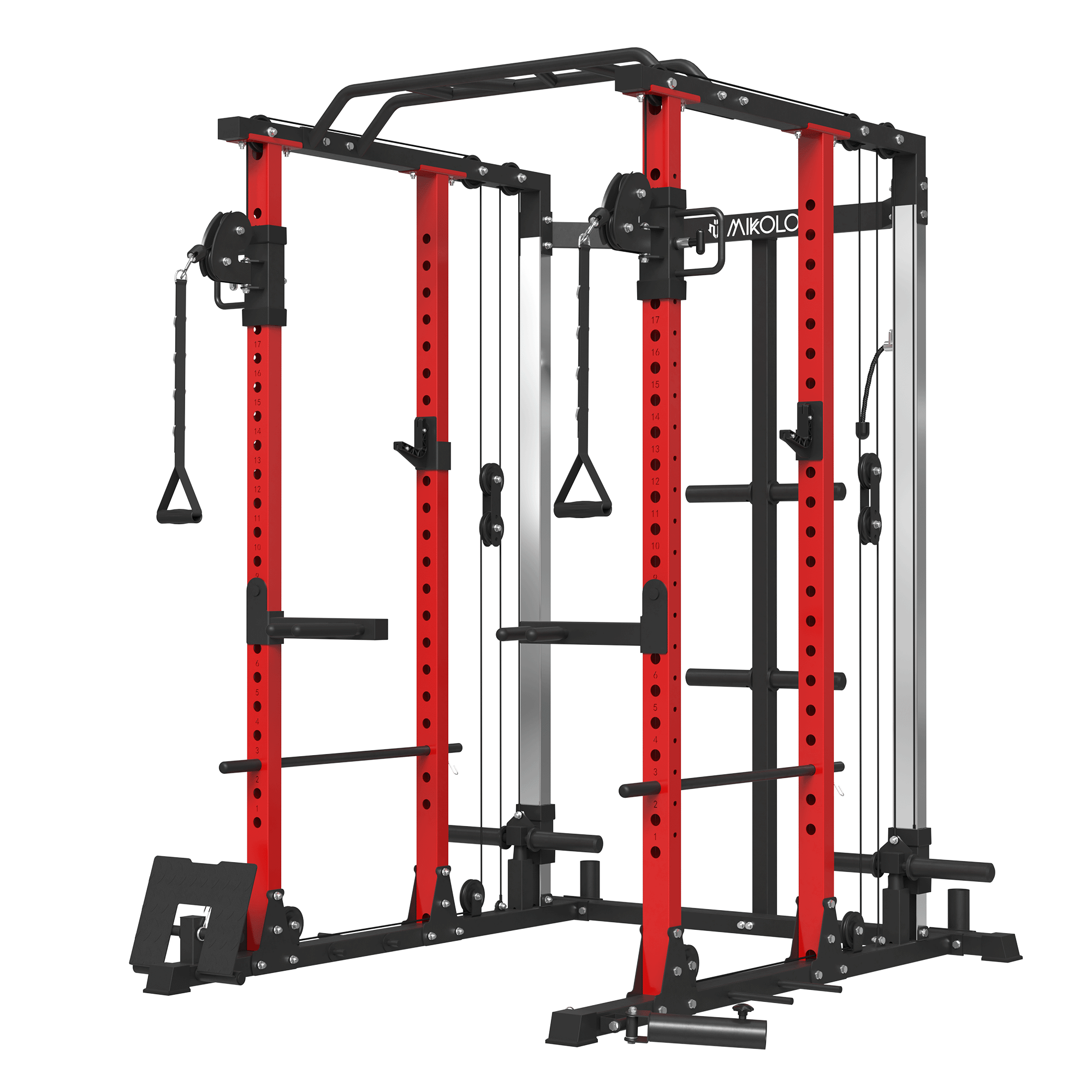
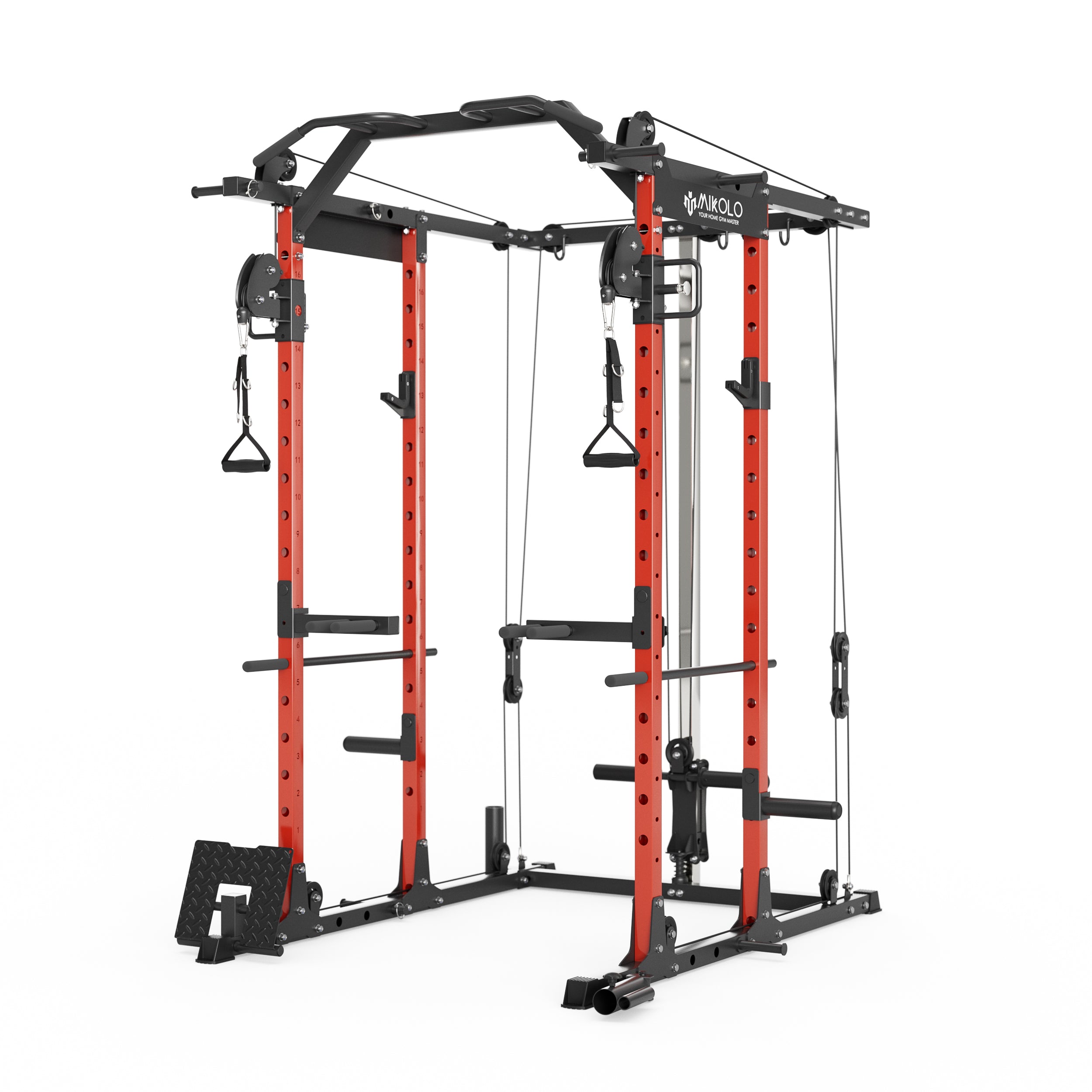
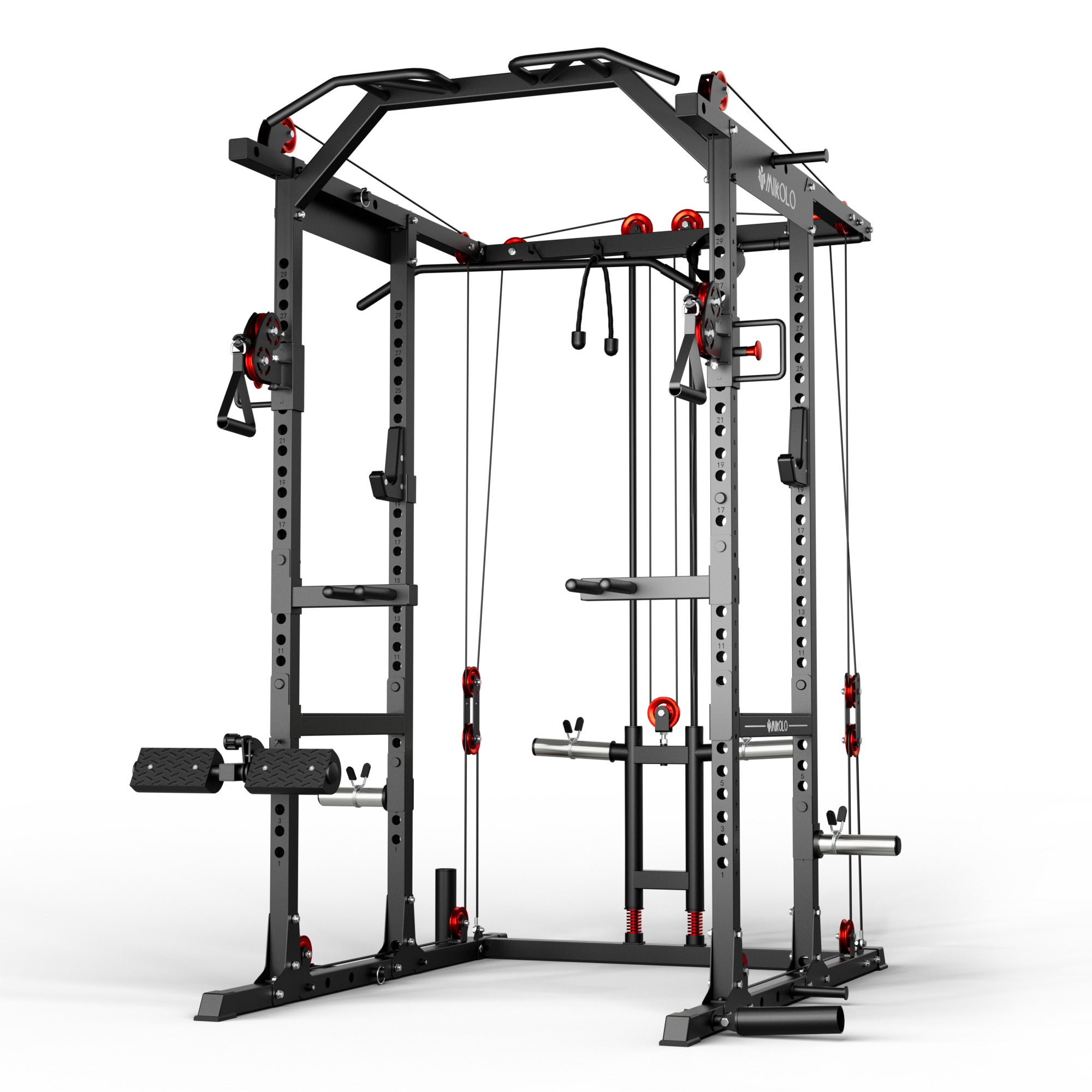
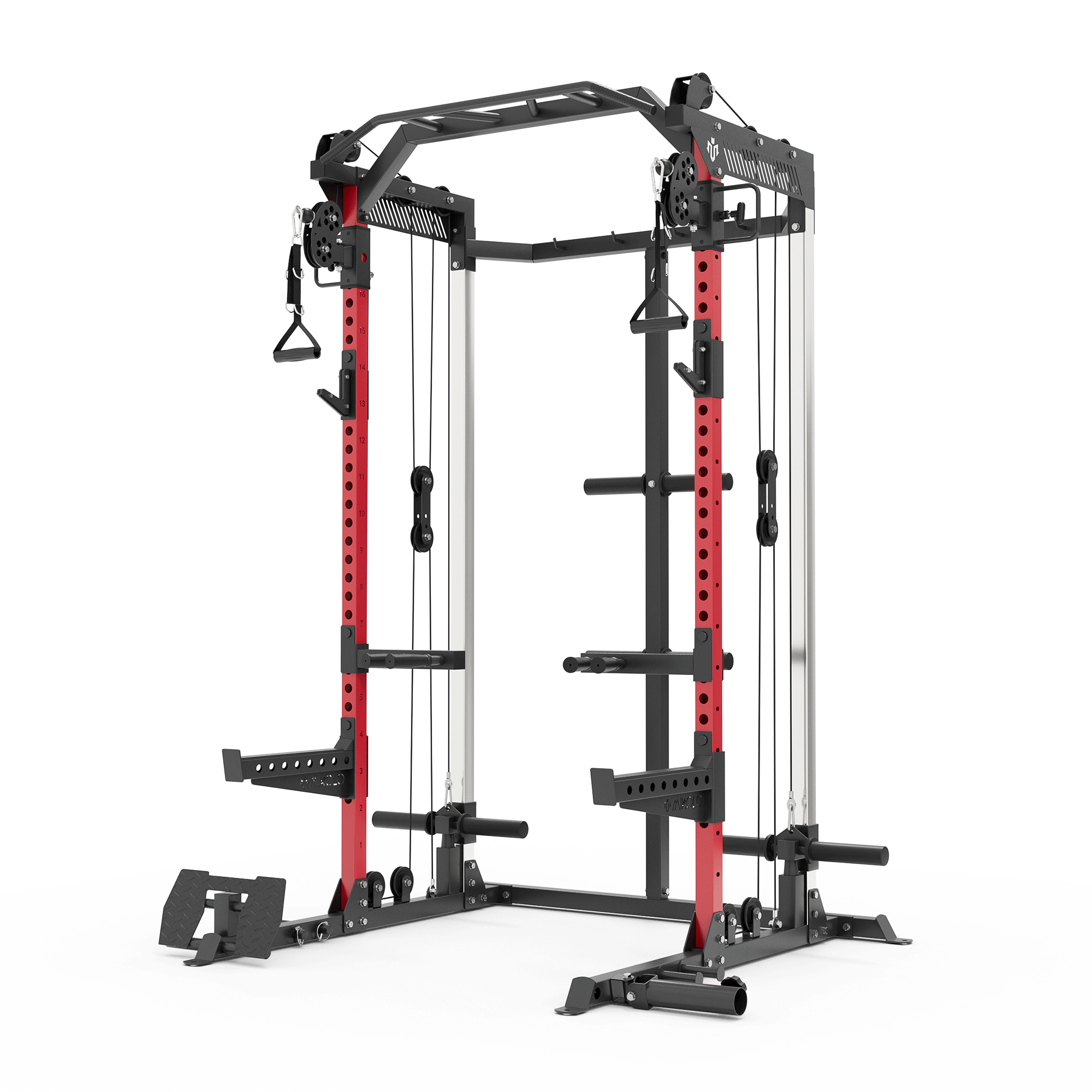
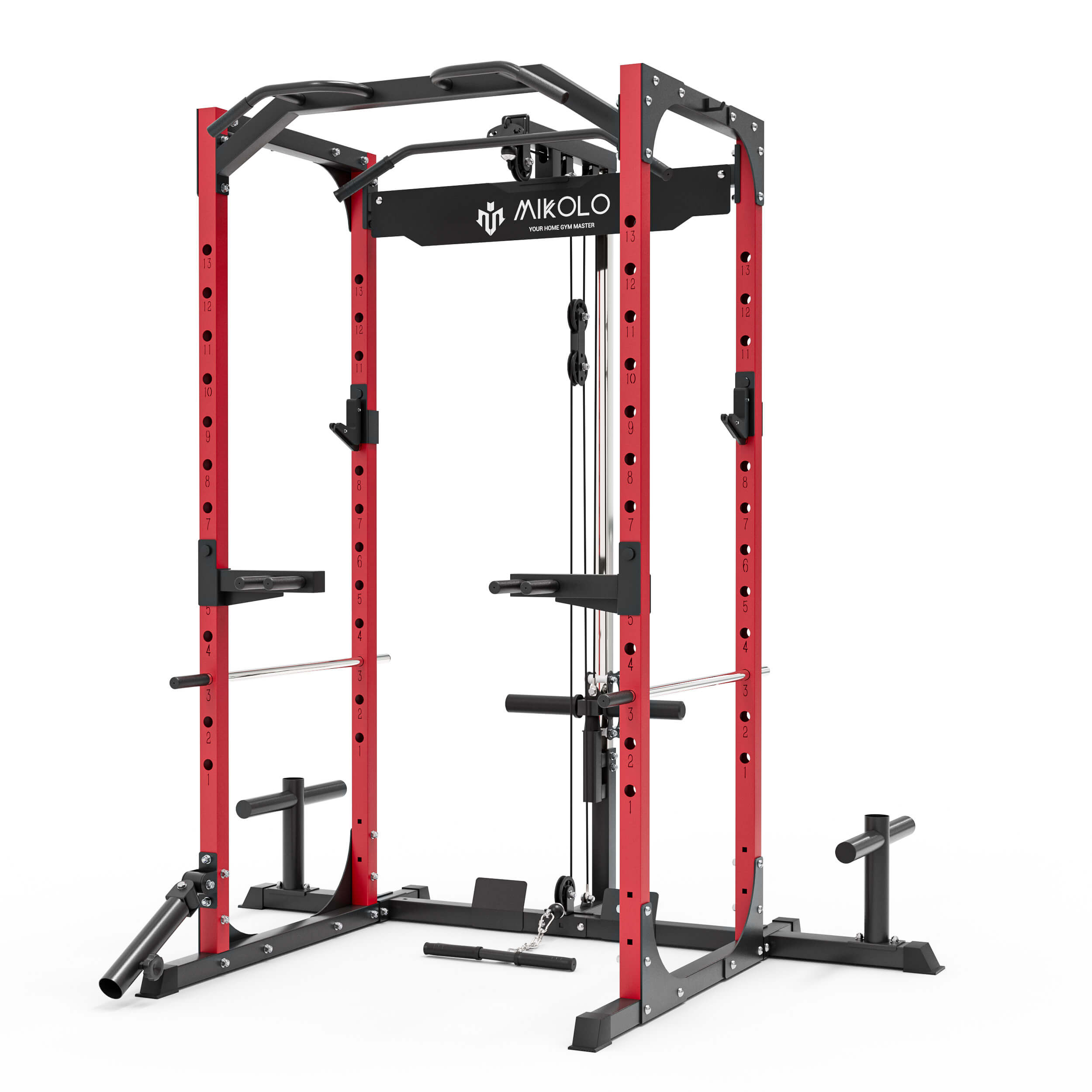
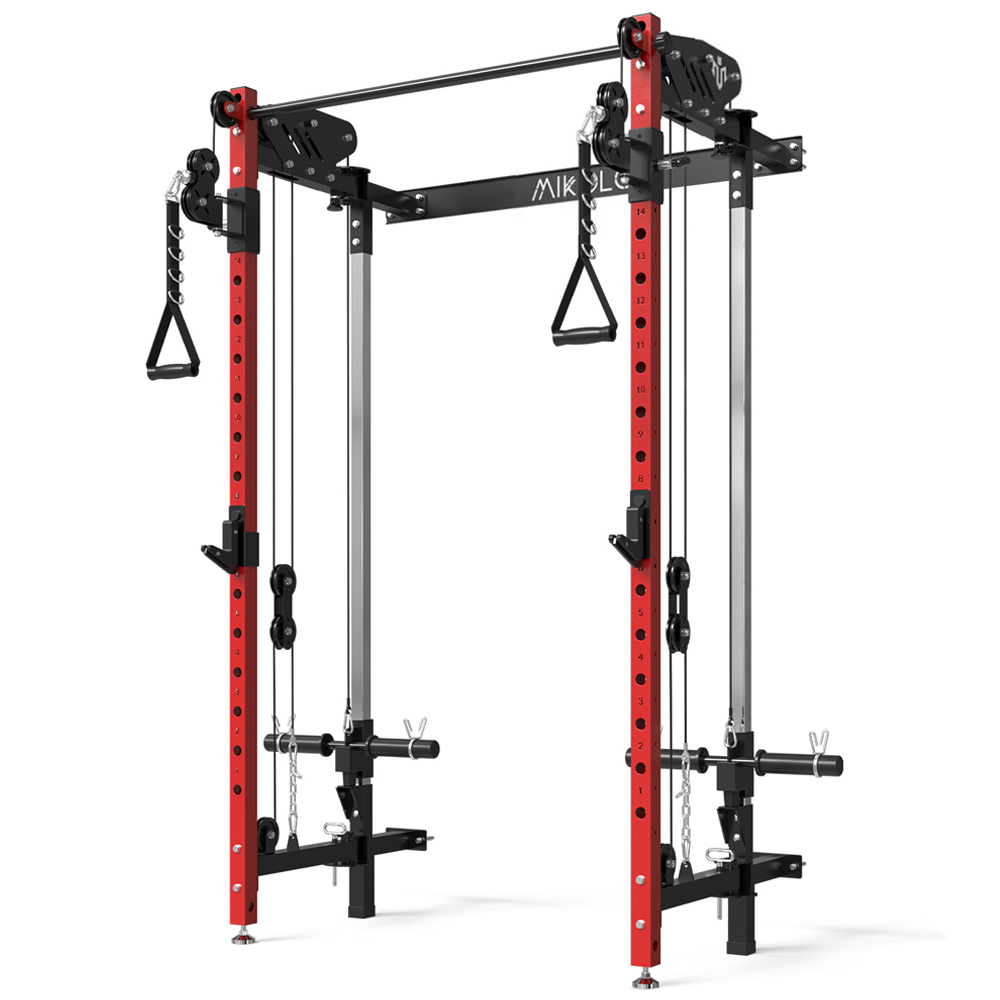
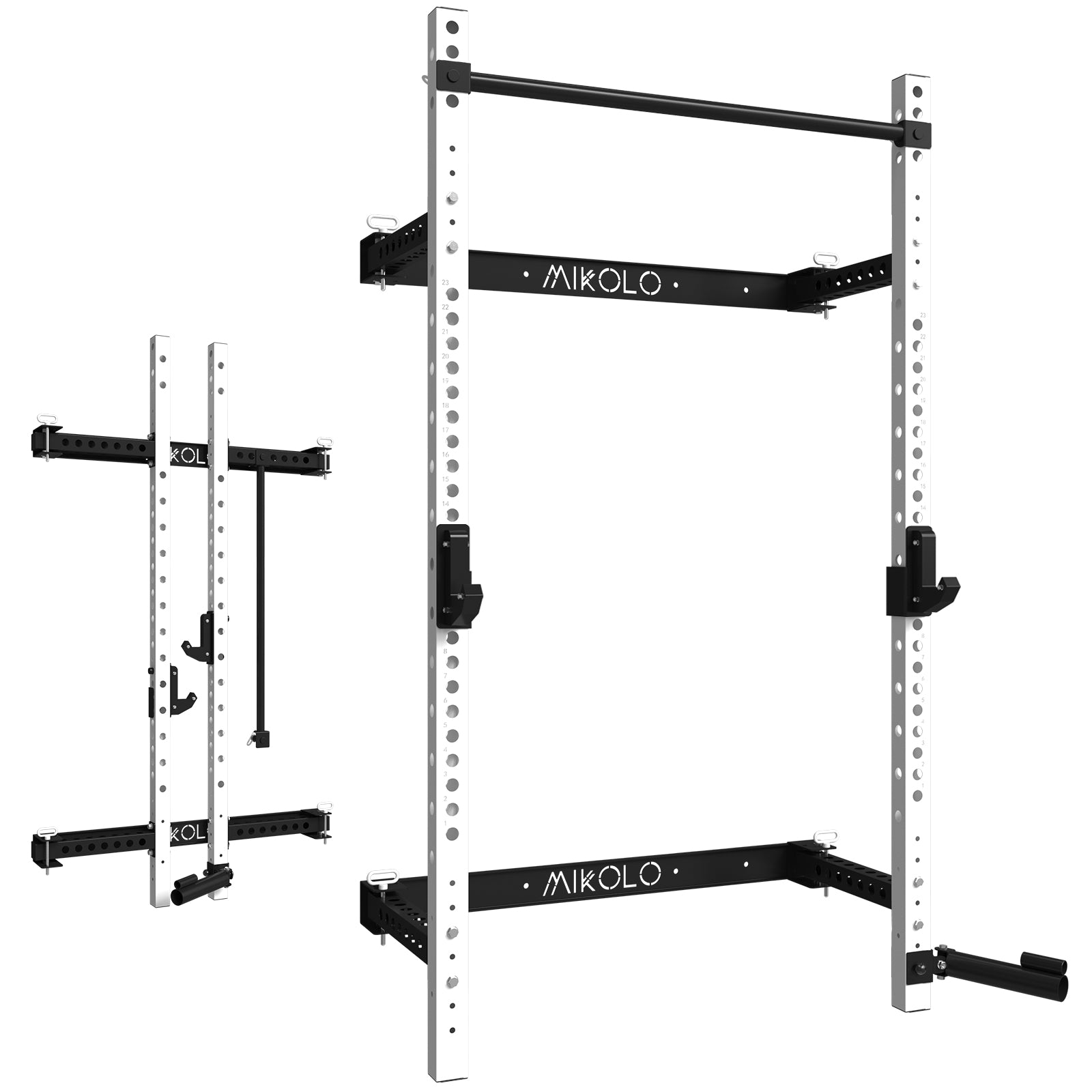
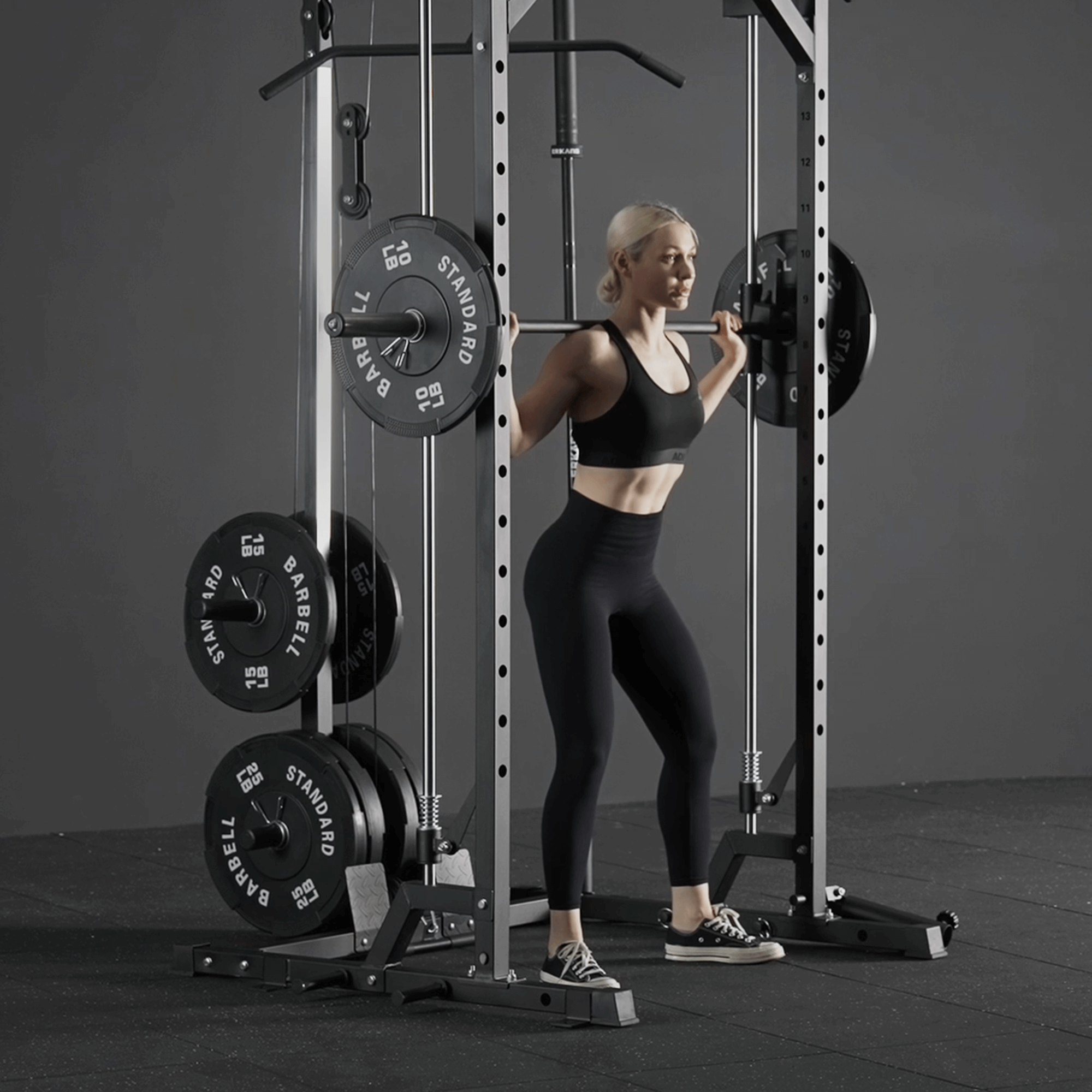
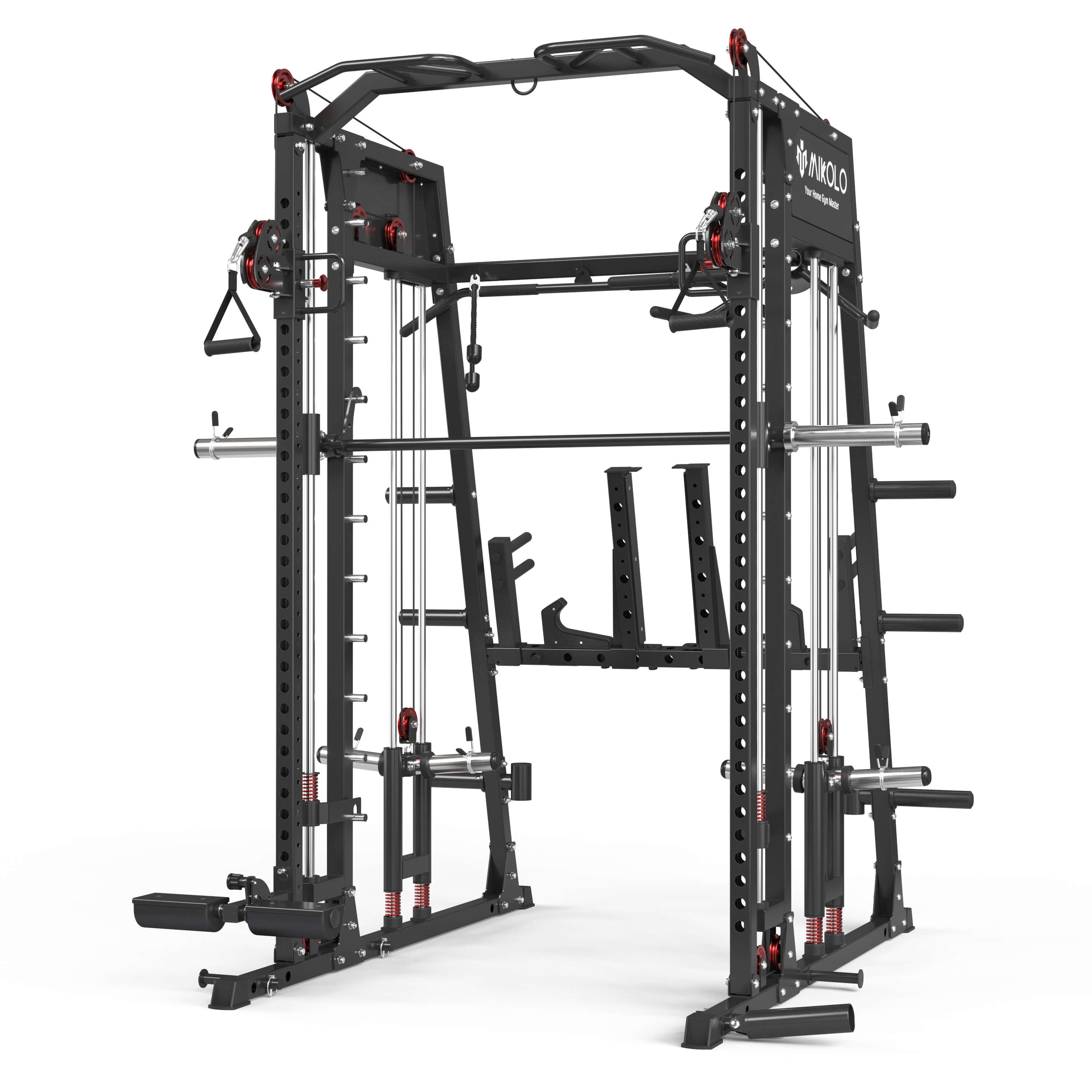

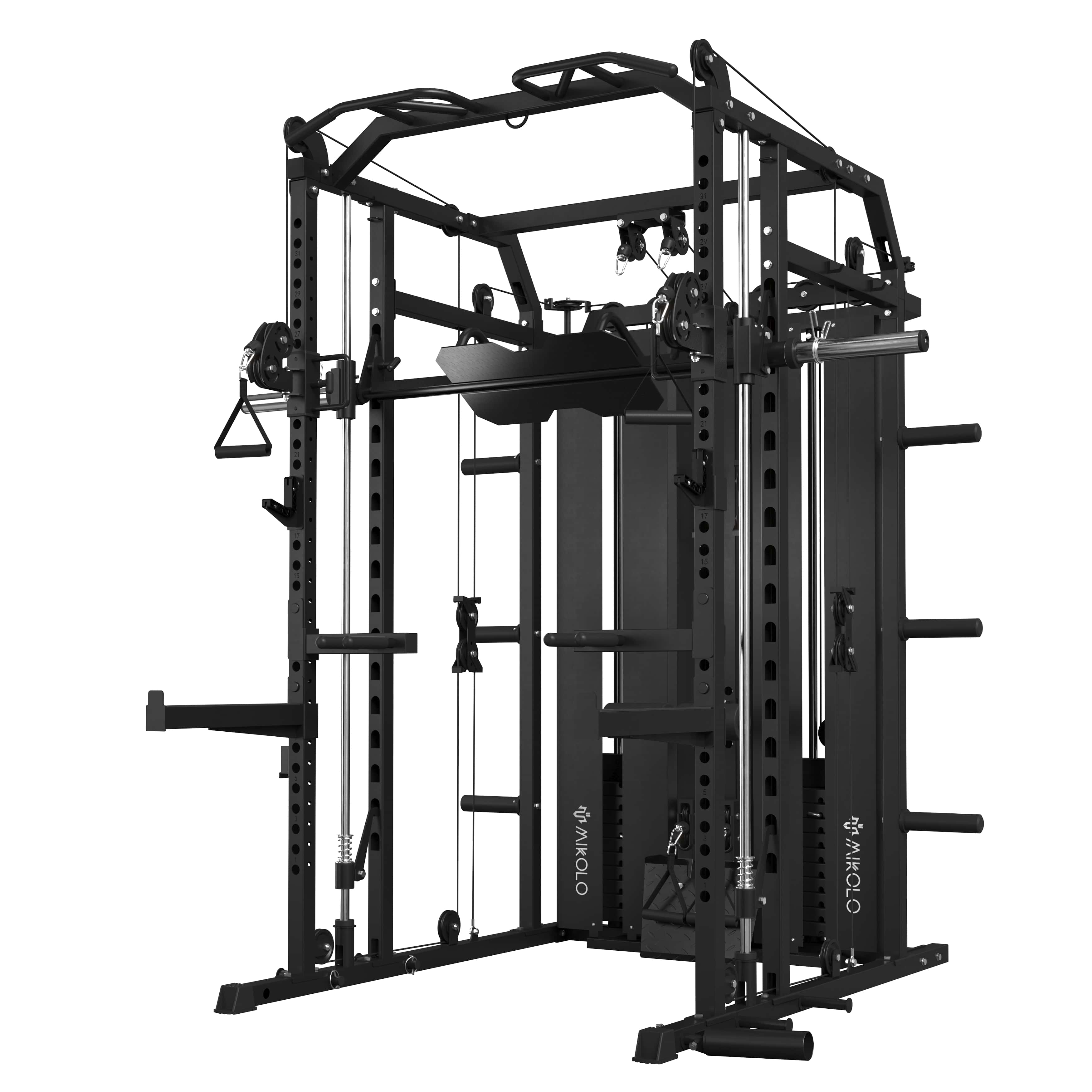
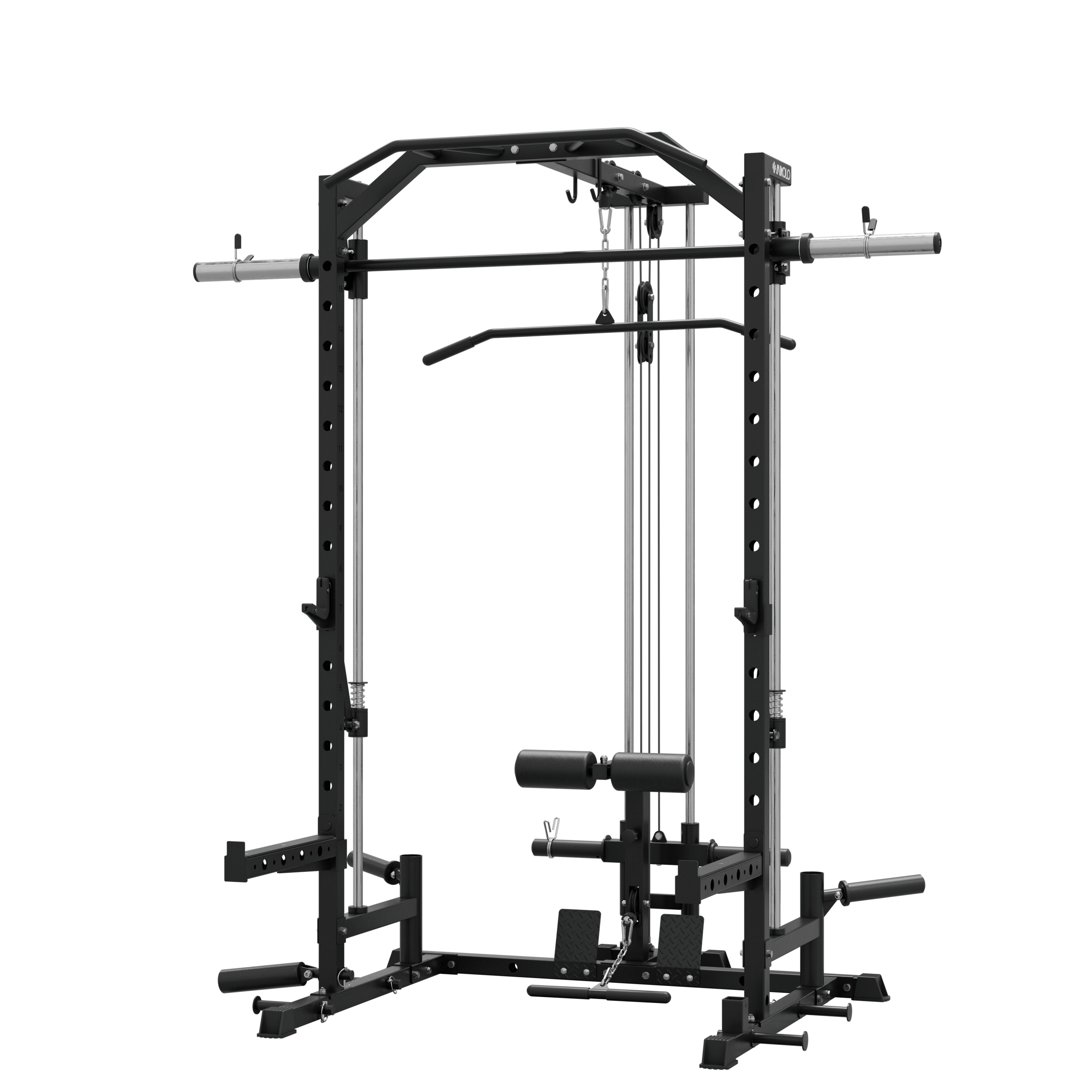
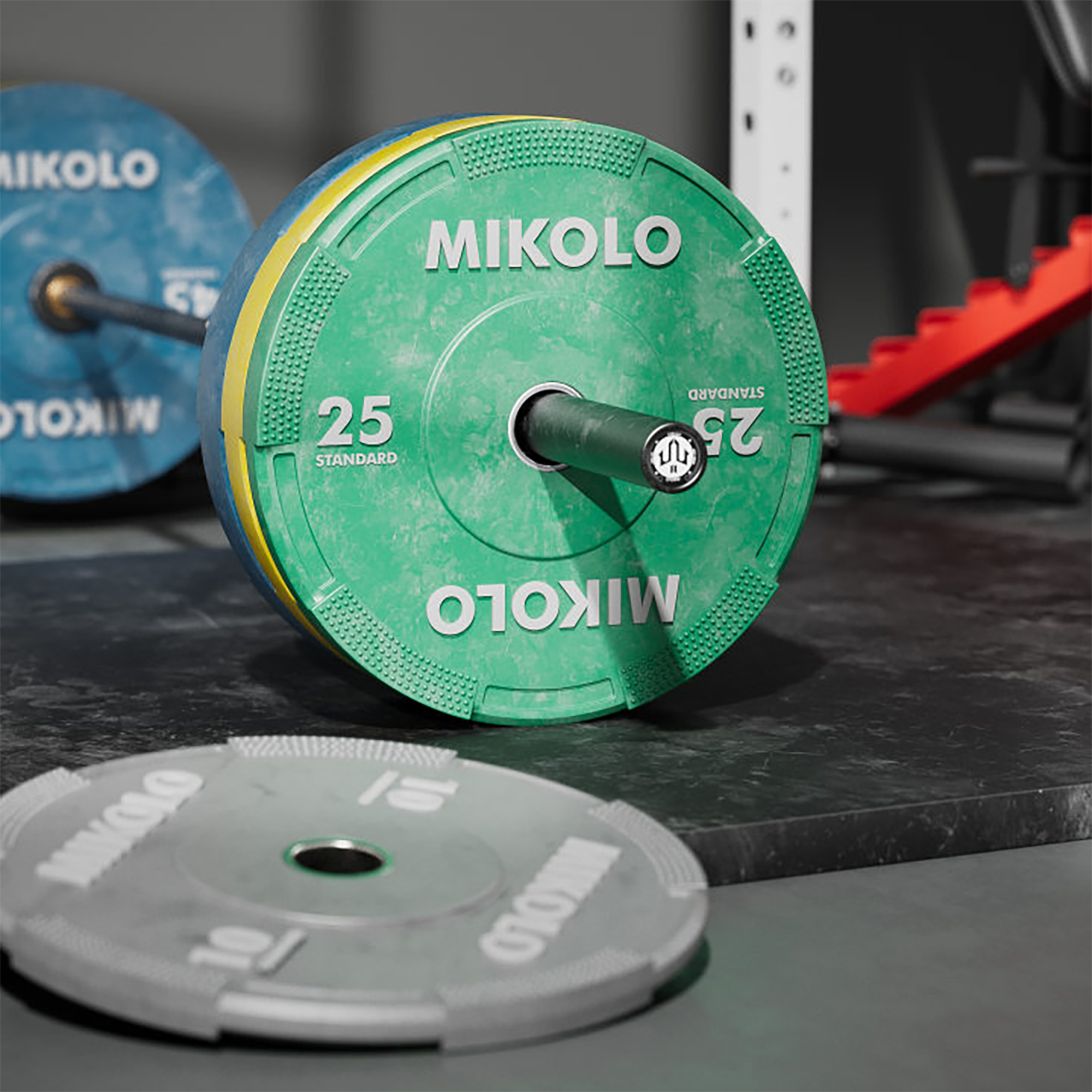
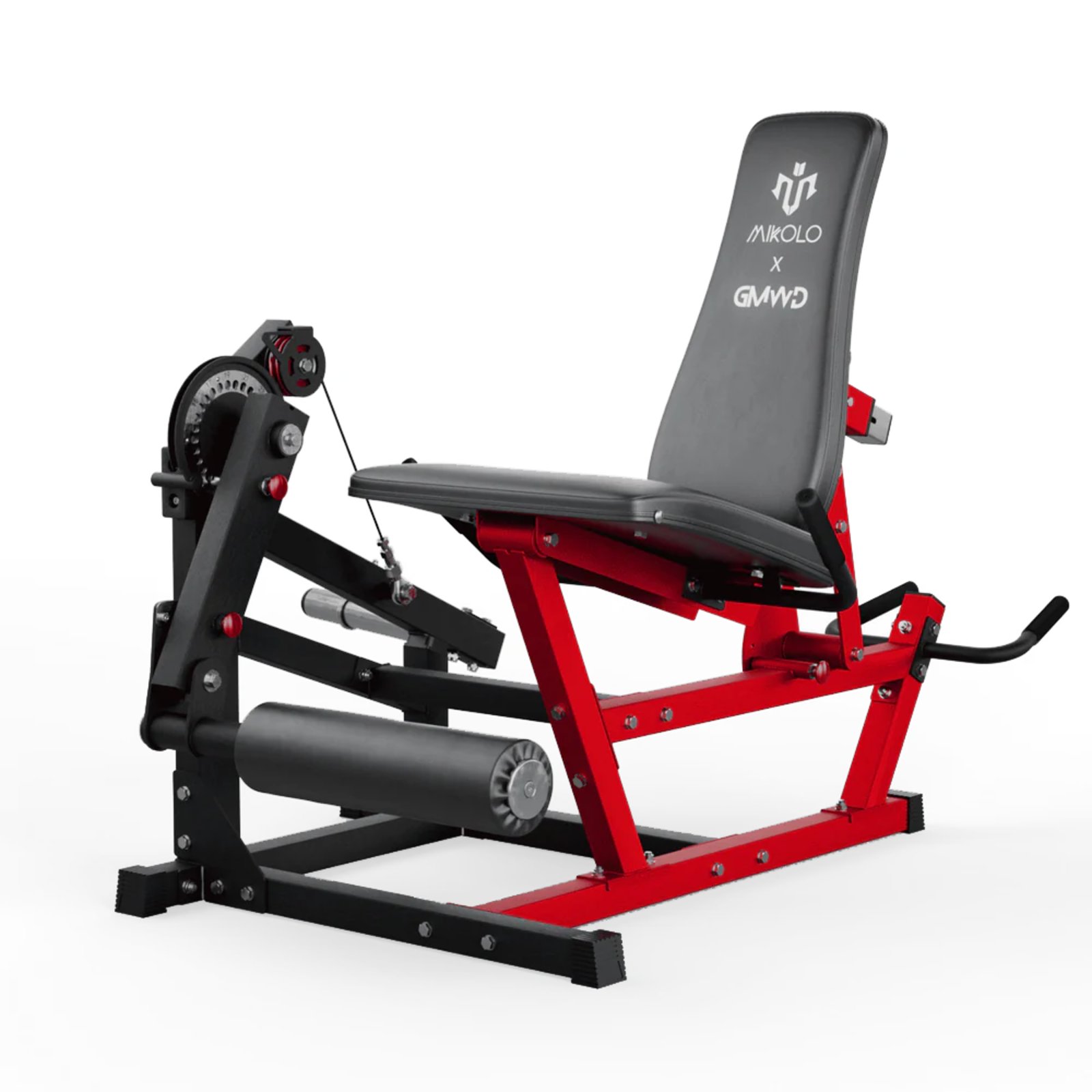
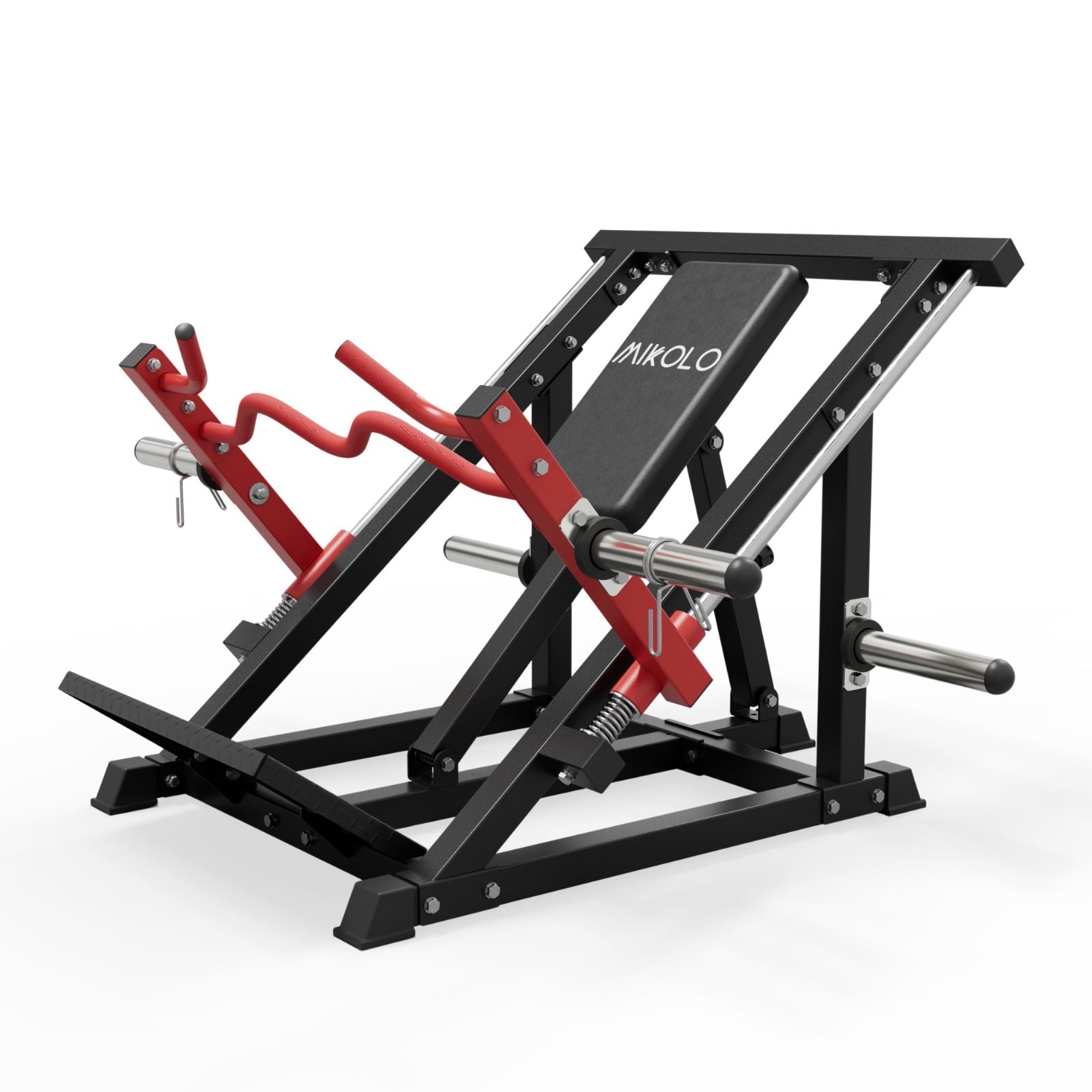
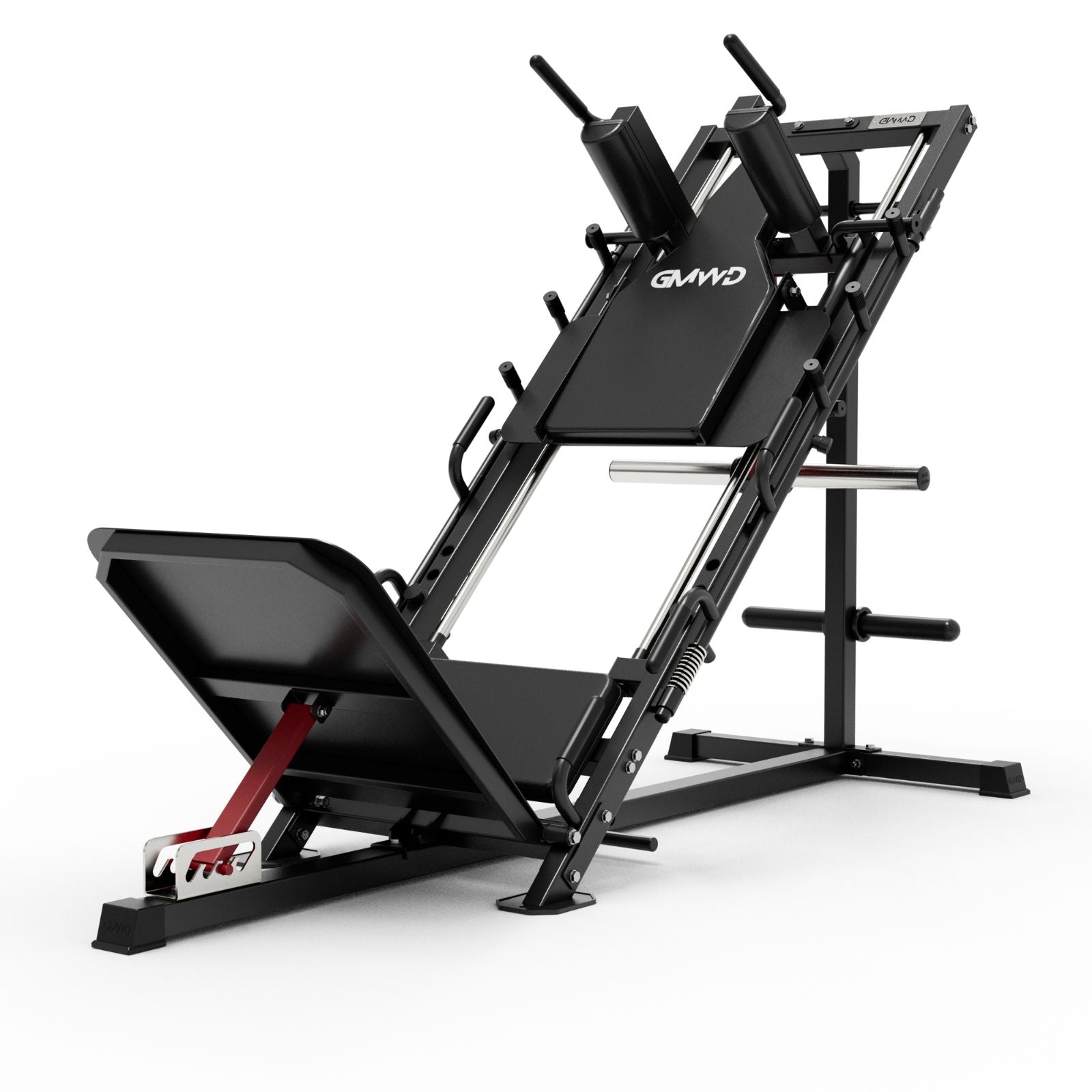
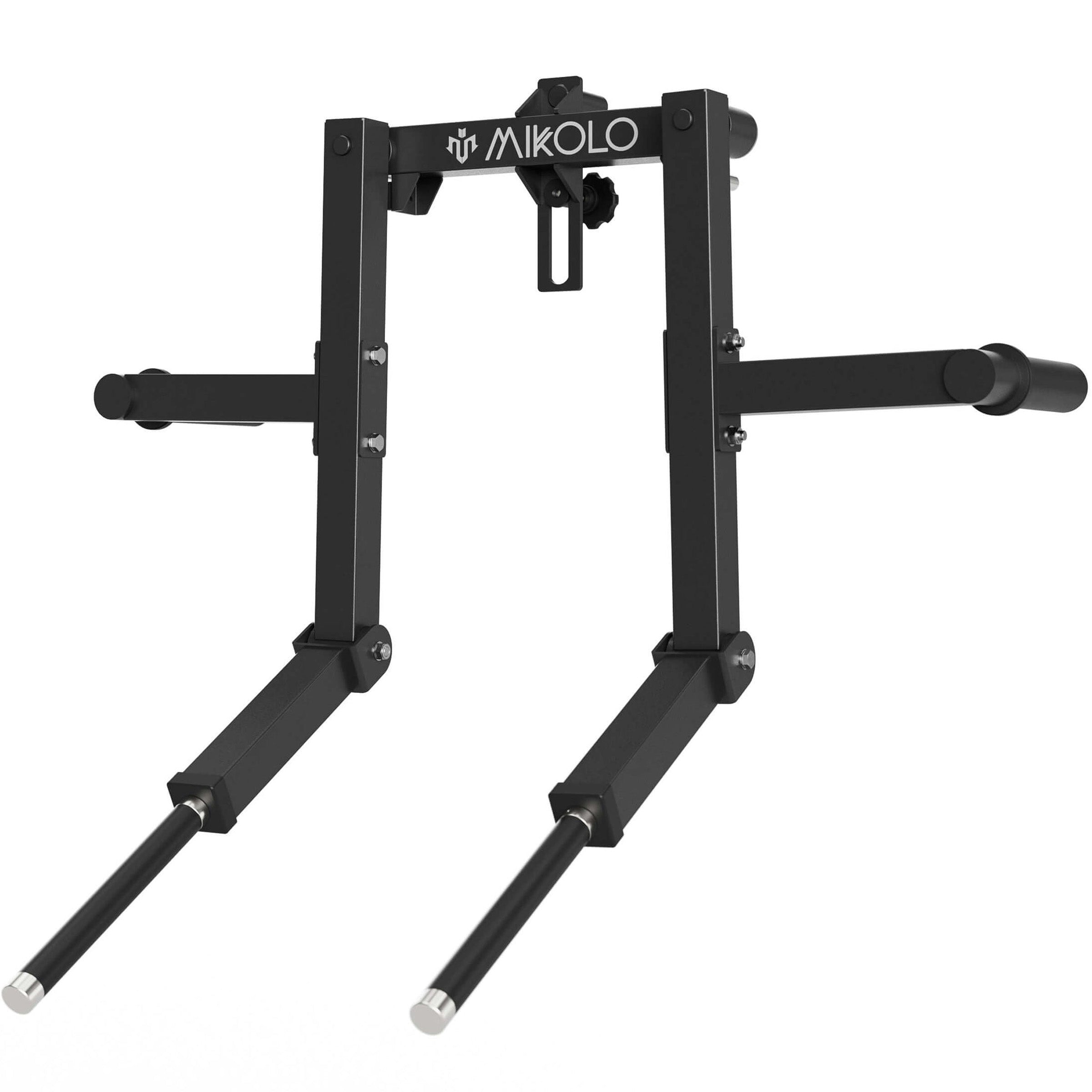
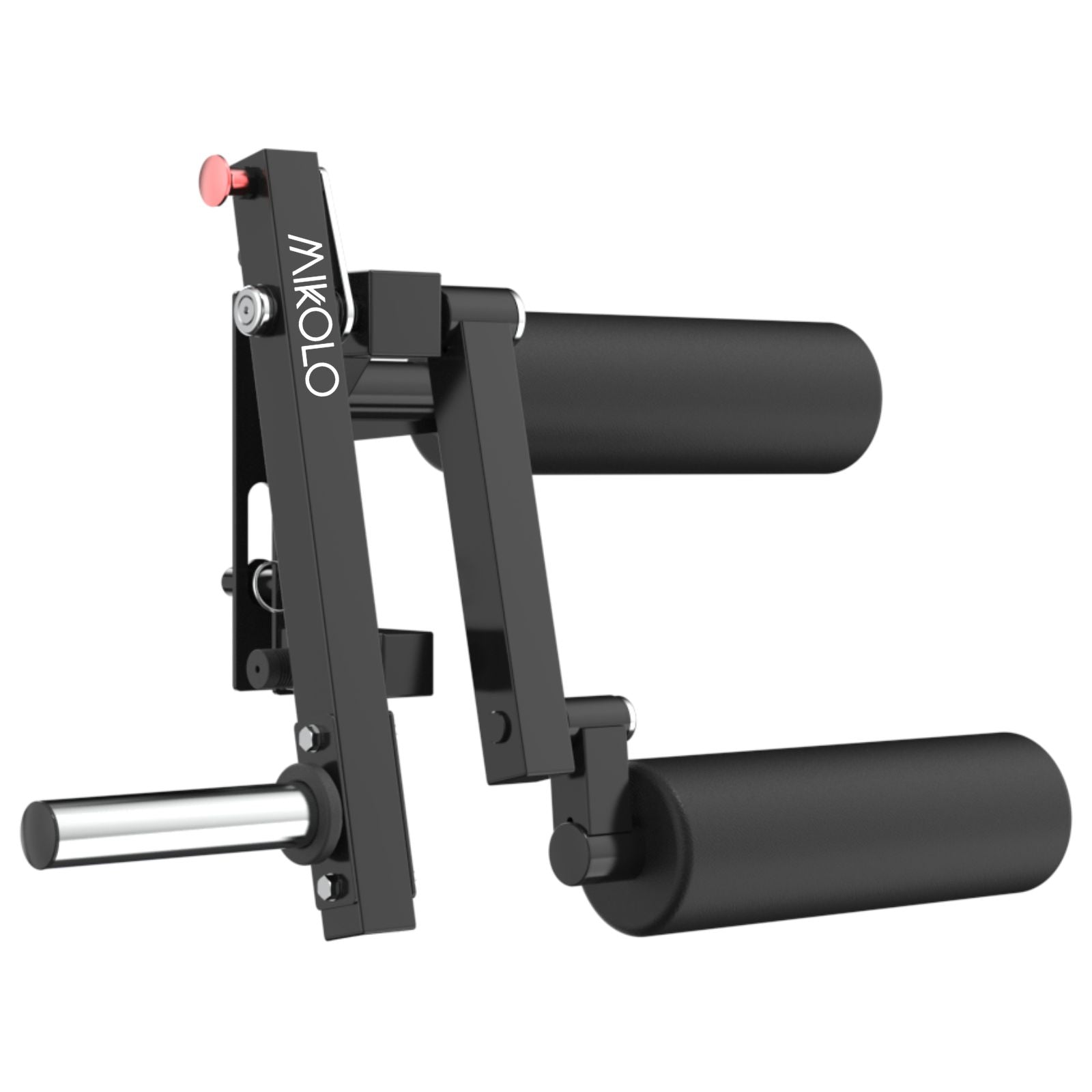
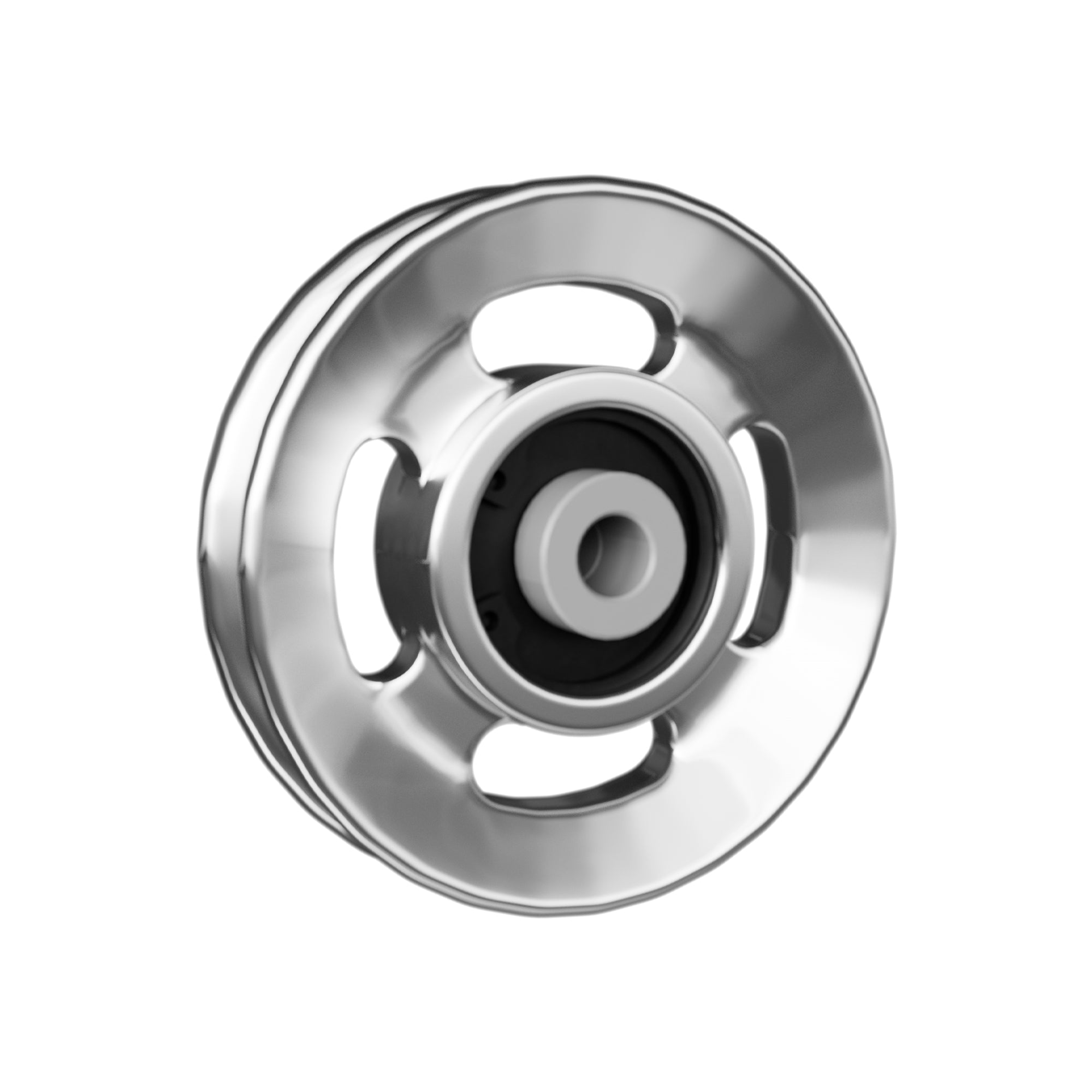
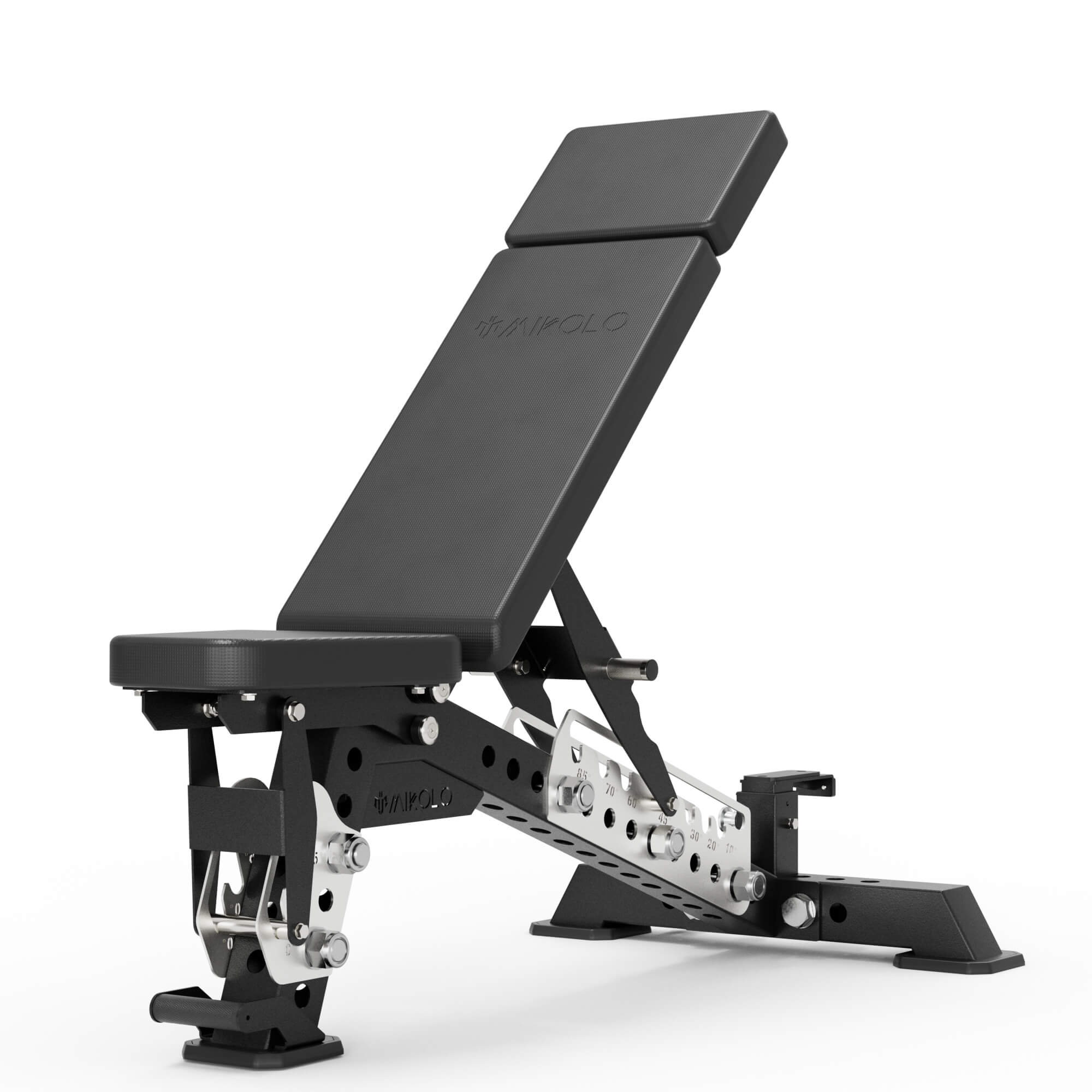
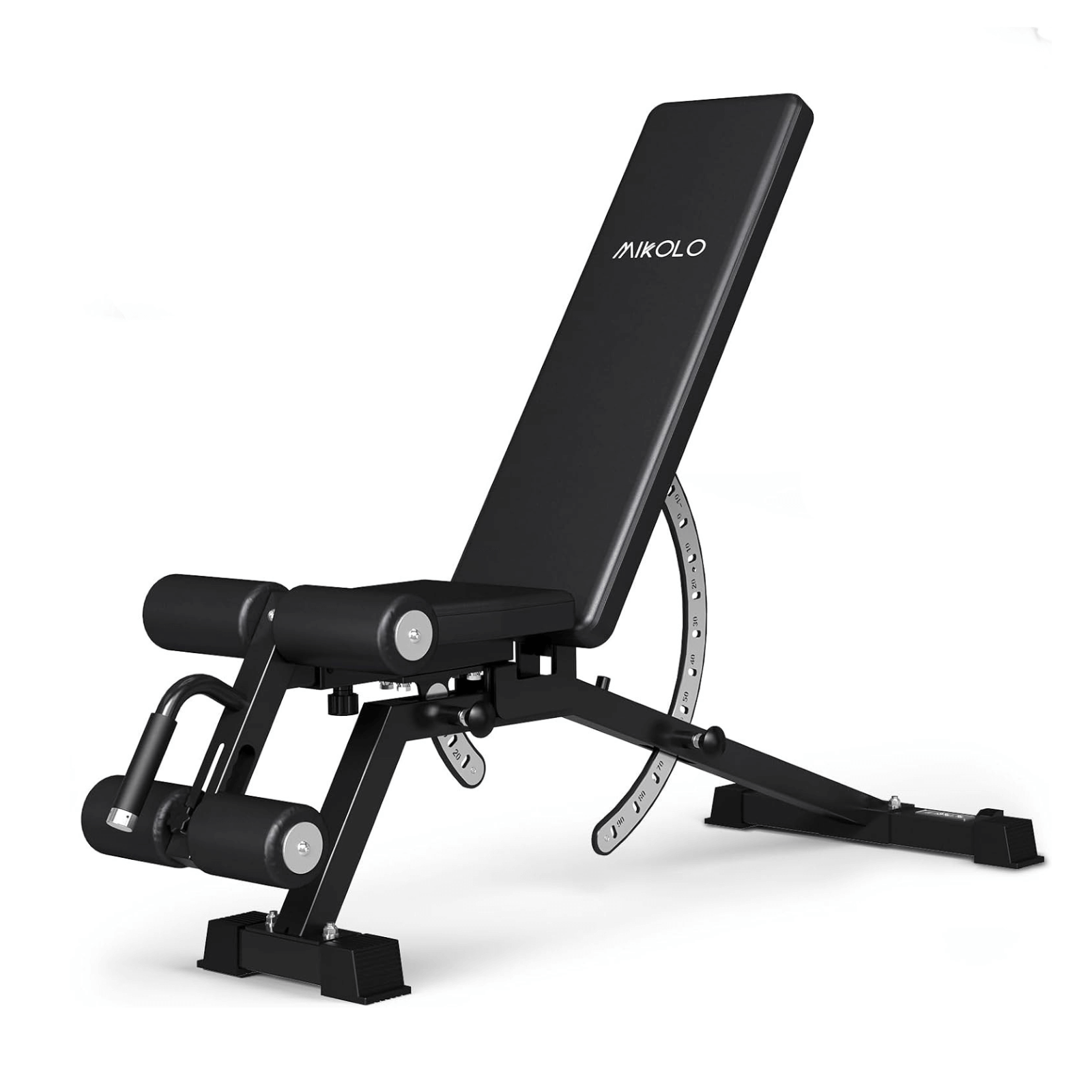
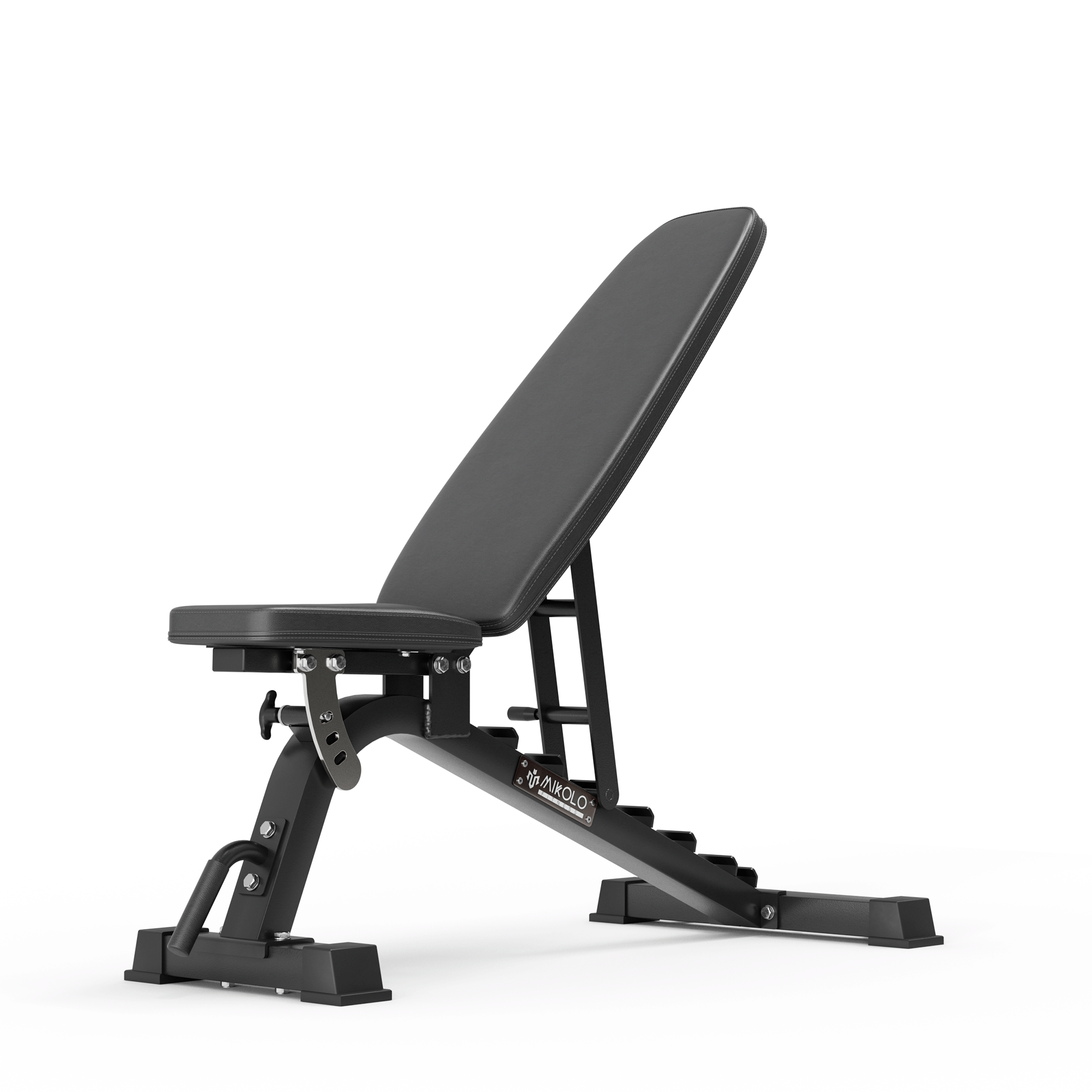
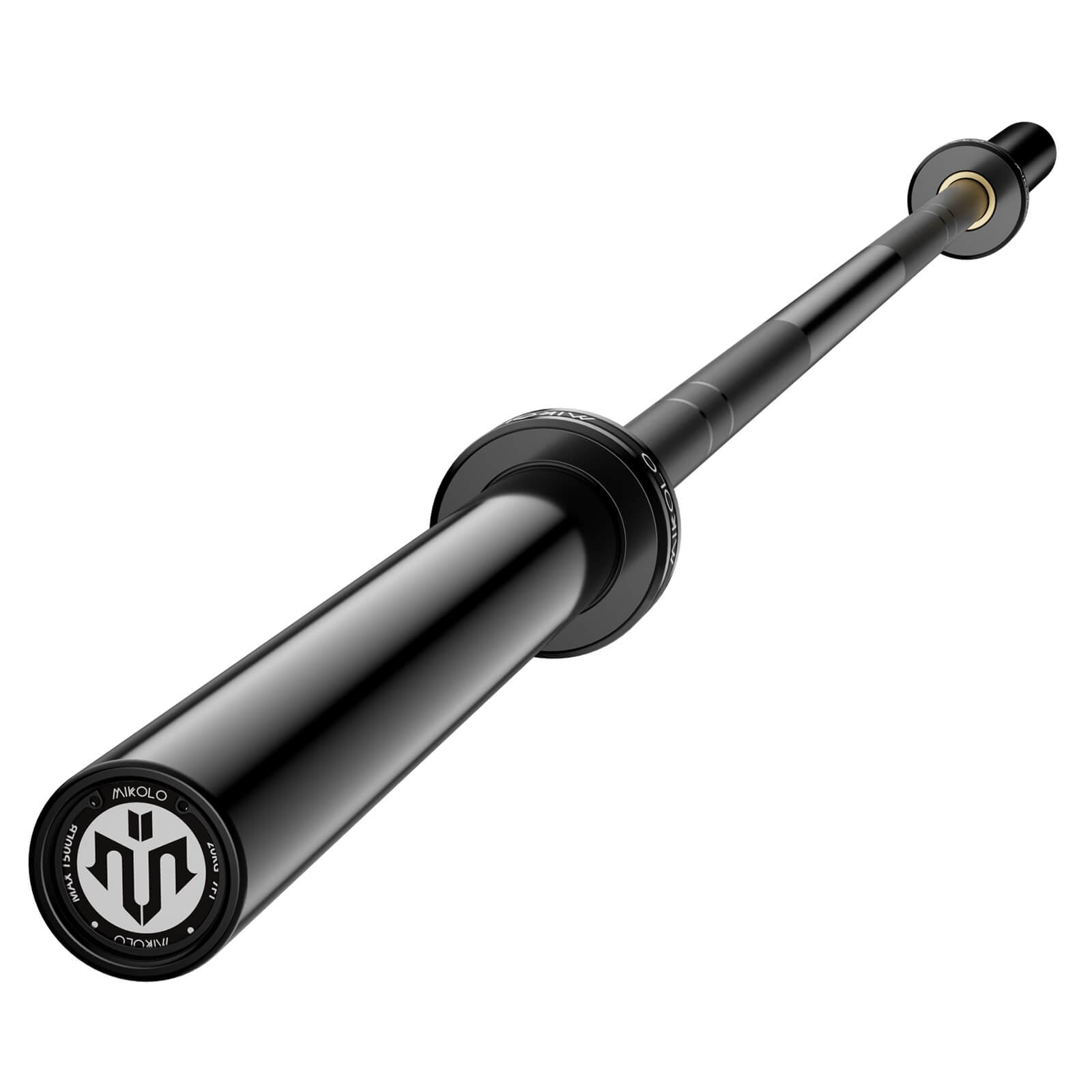
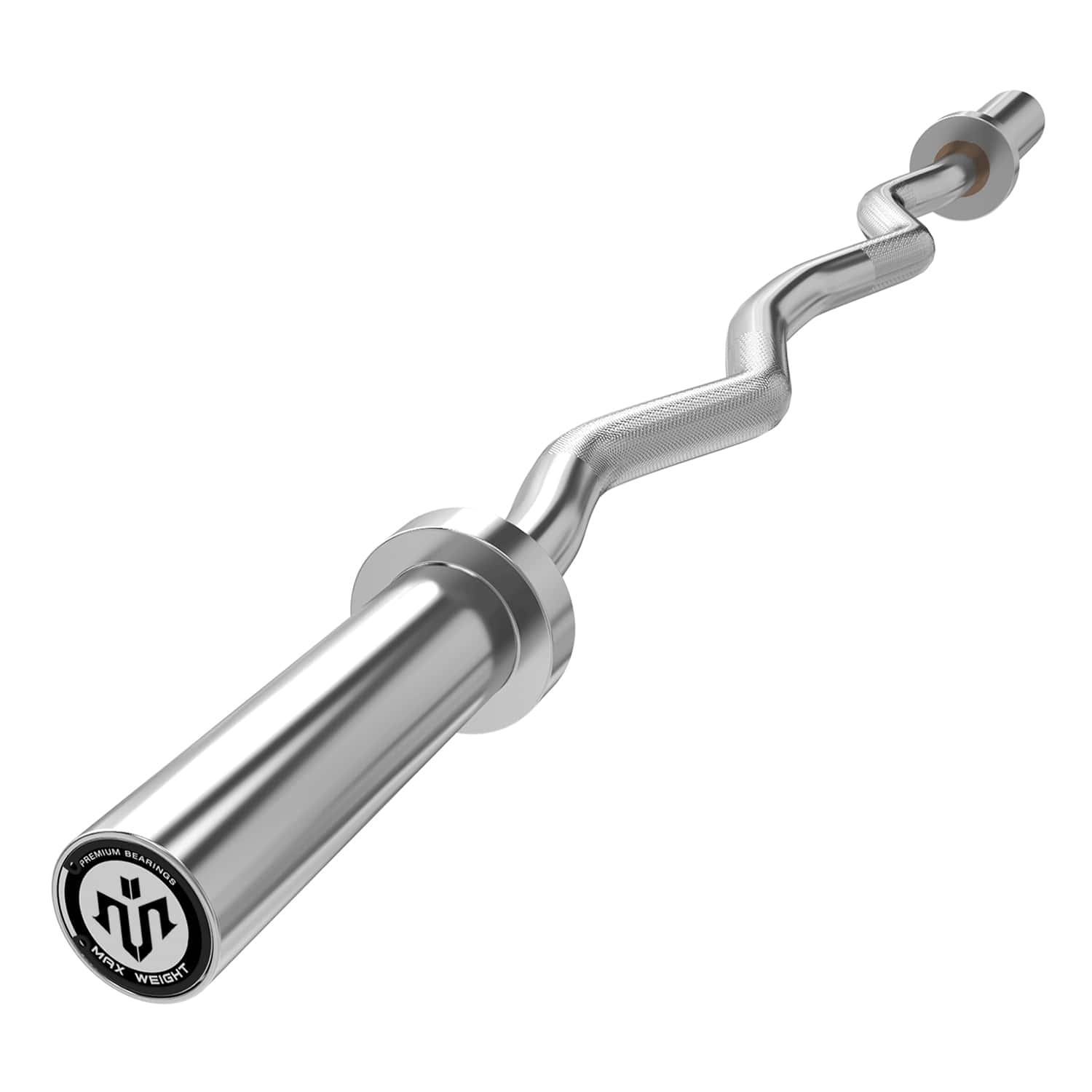
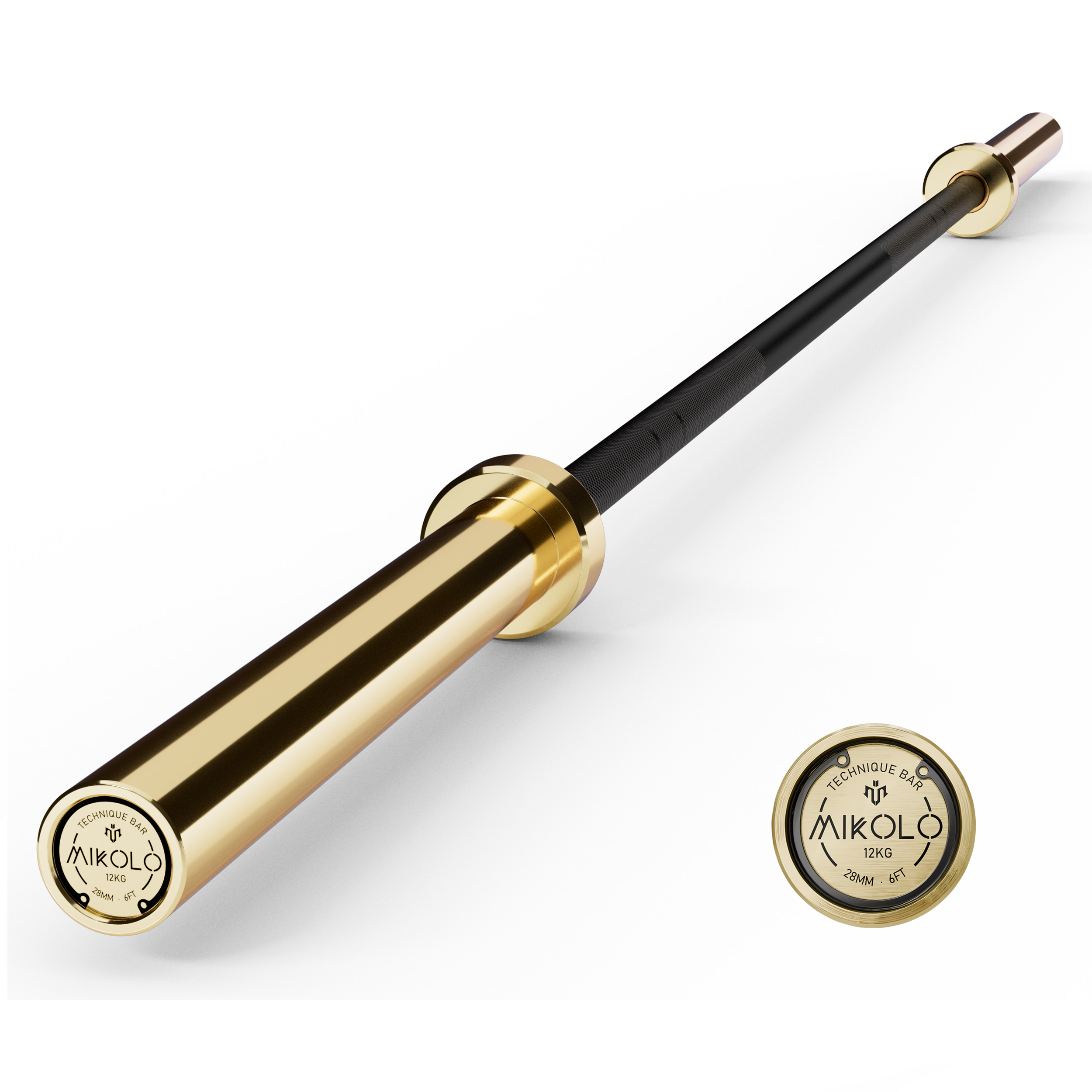
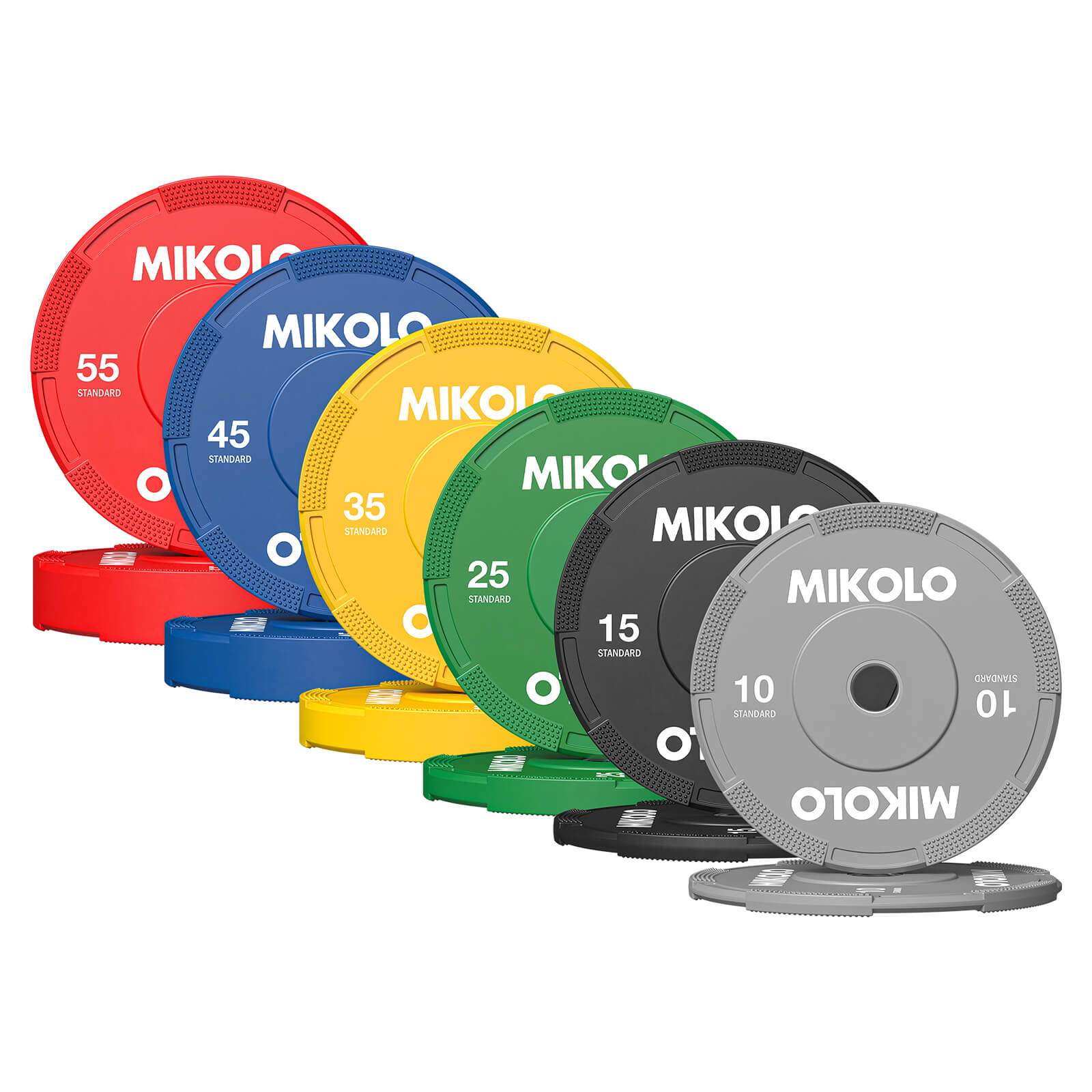
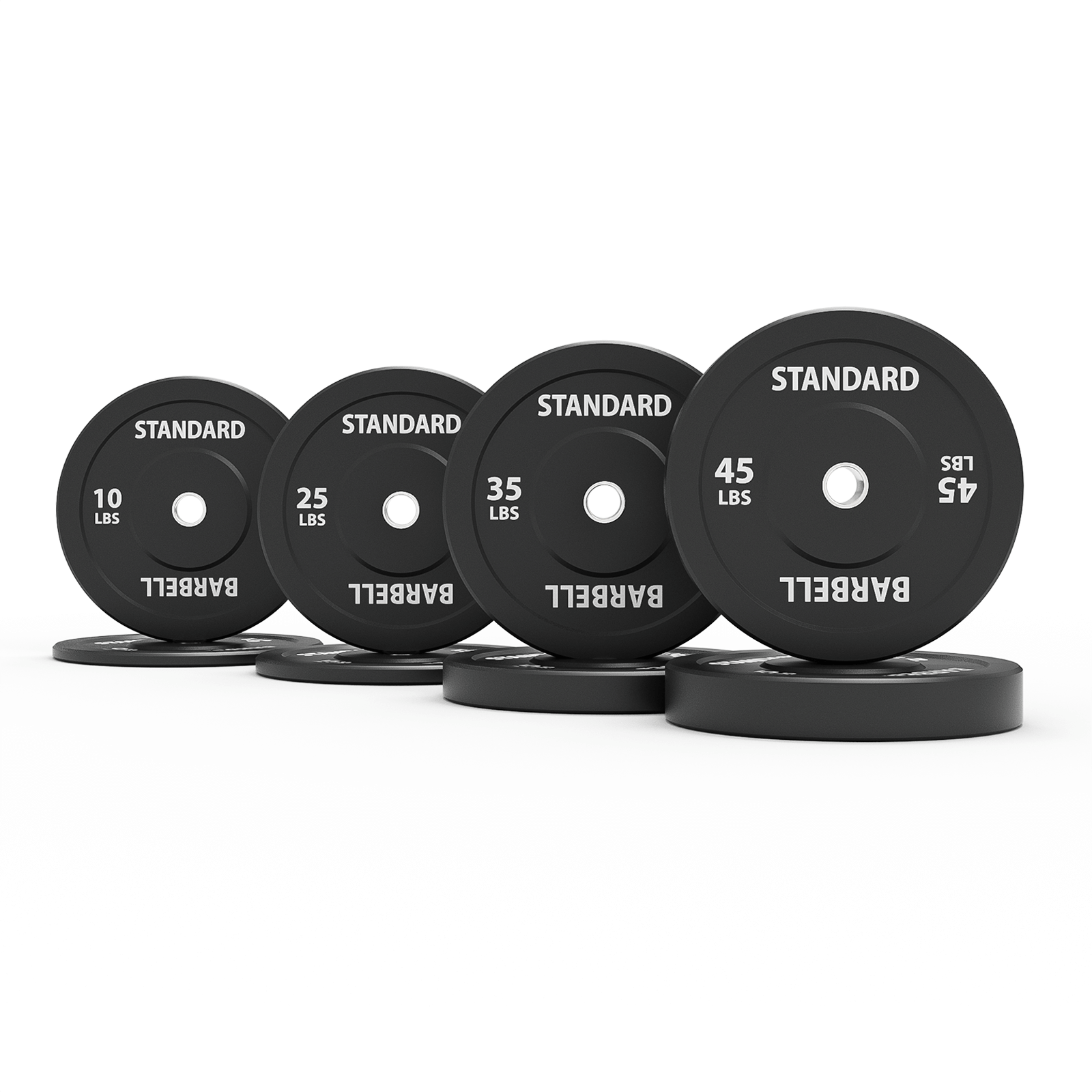
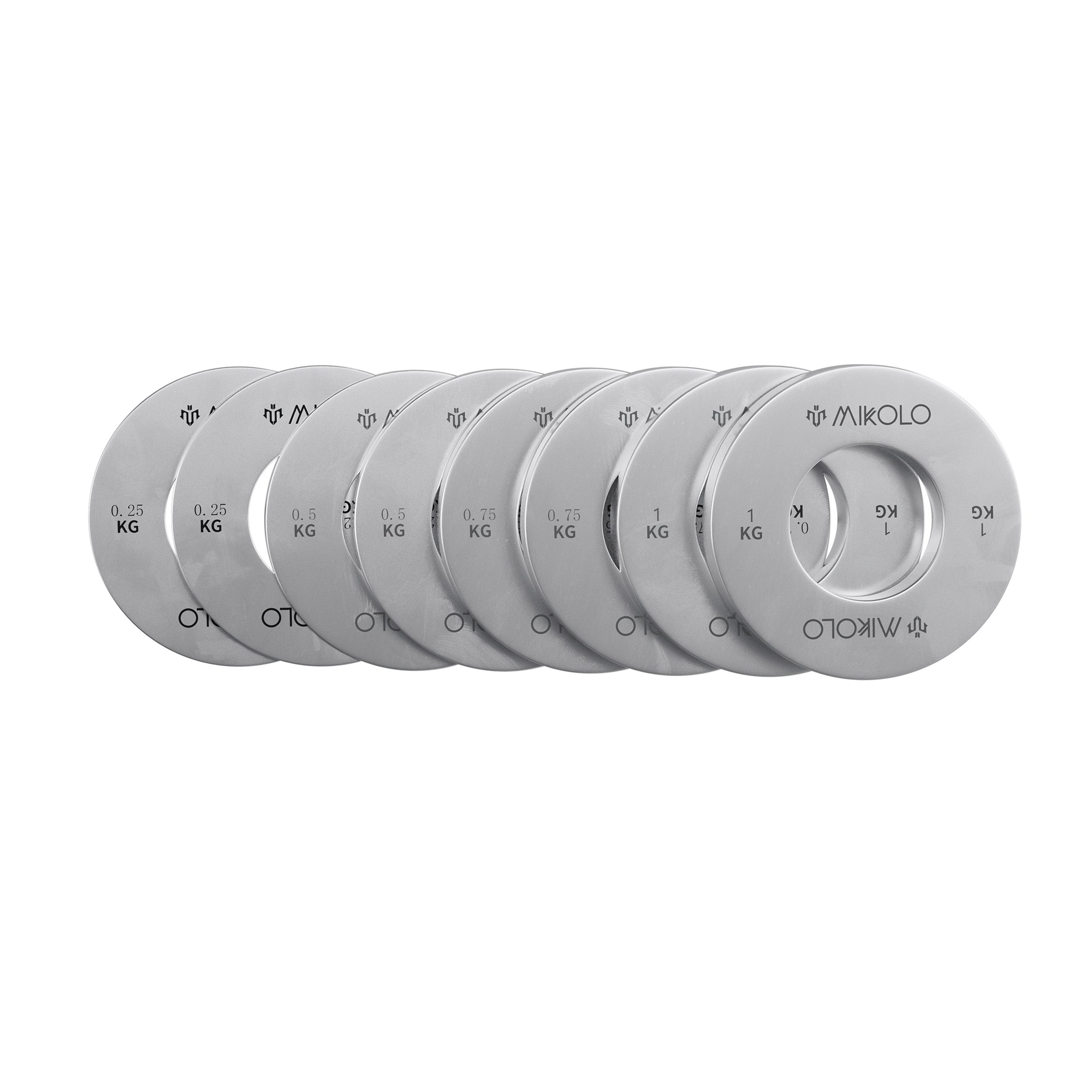



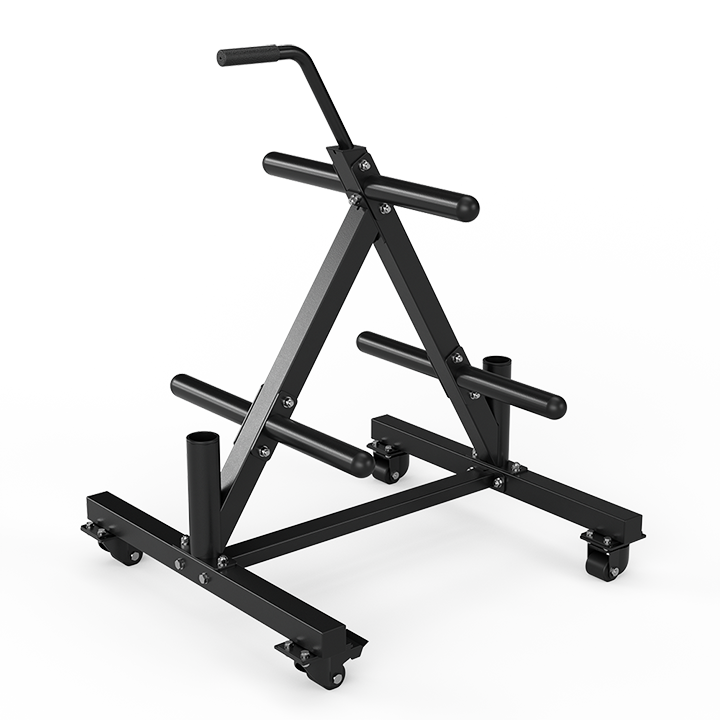
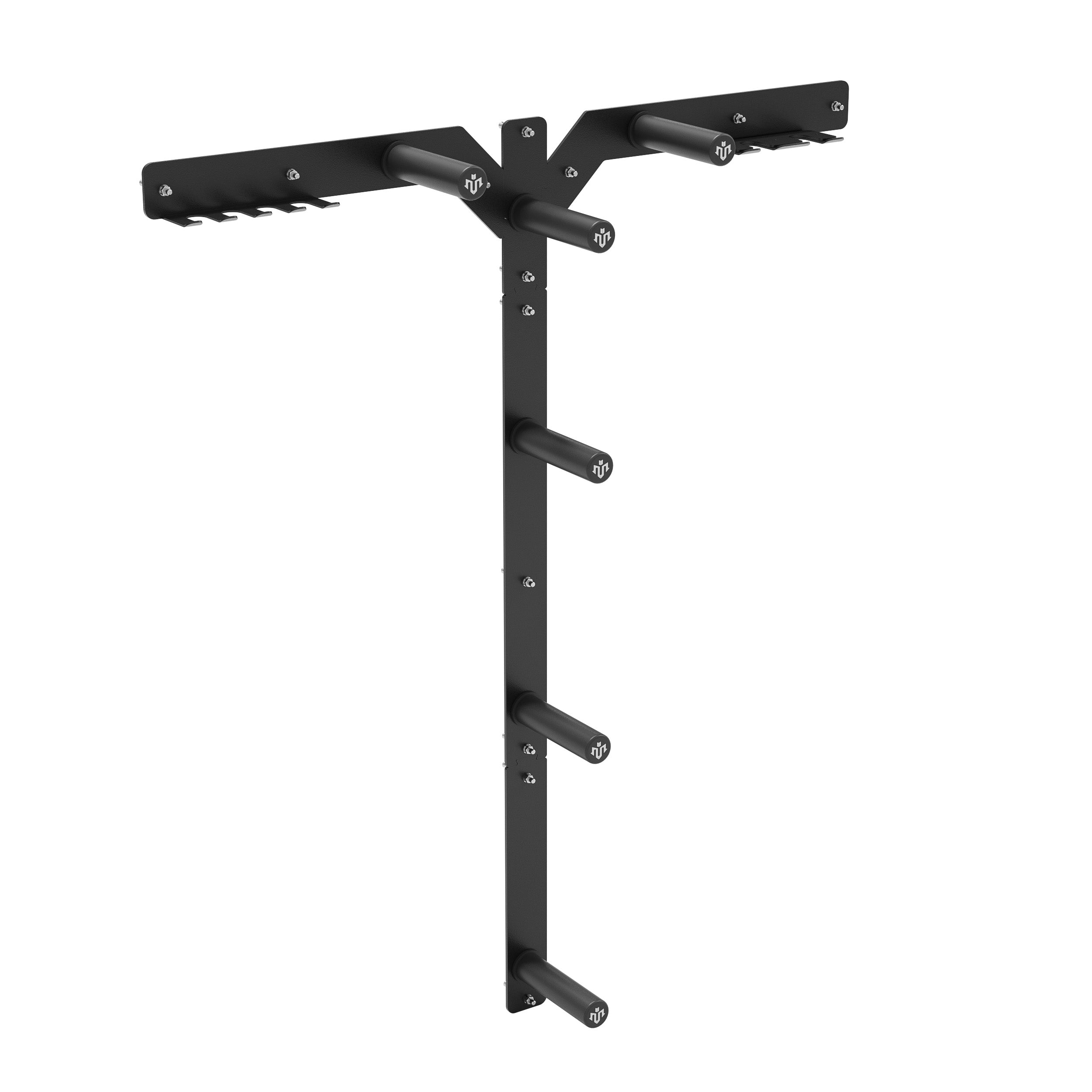
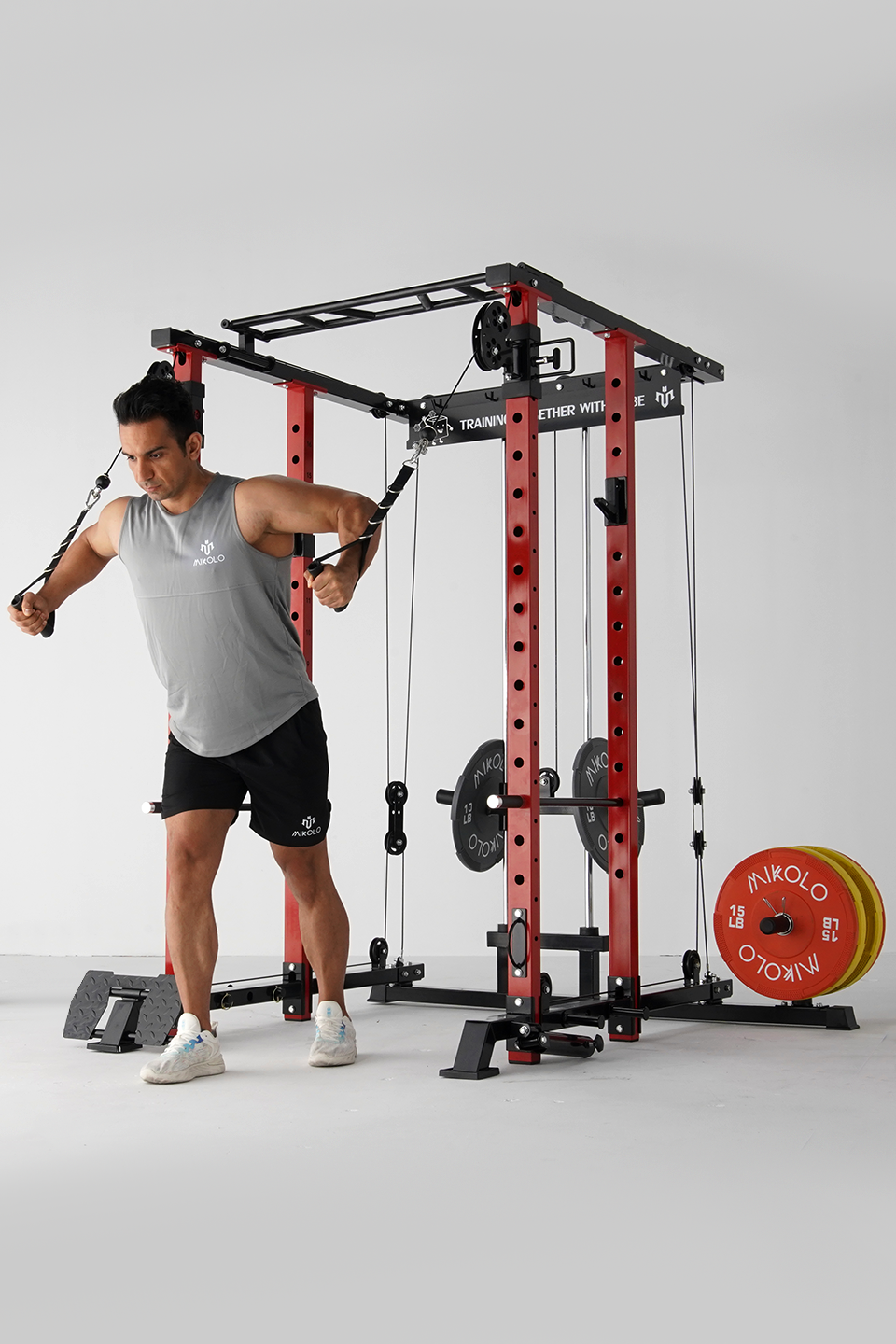



Leave a comment
This site is protected by hCaptcha and the hCaptcha Privacy Policy and Terms of Service apply.